Tiong Bahru Is In Its Indie Era: An Inspired Guide to Singapore’s Neighbourhoods

Attempting to capture the essence of Tiong Bahru in visuals is a tall order.
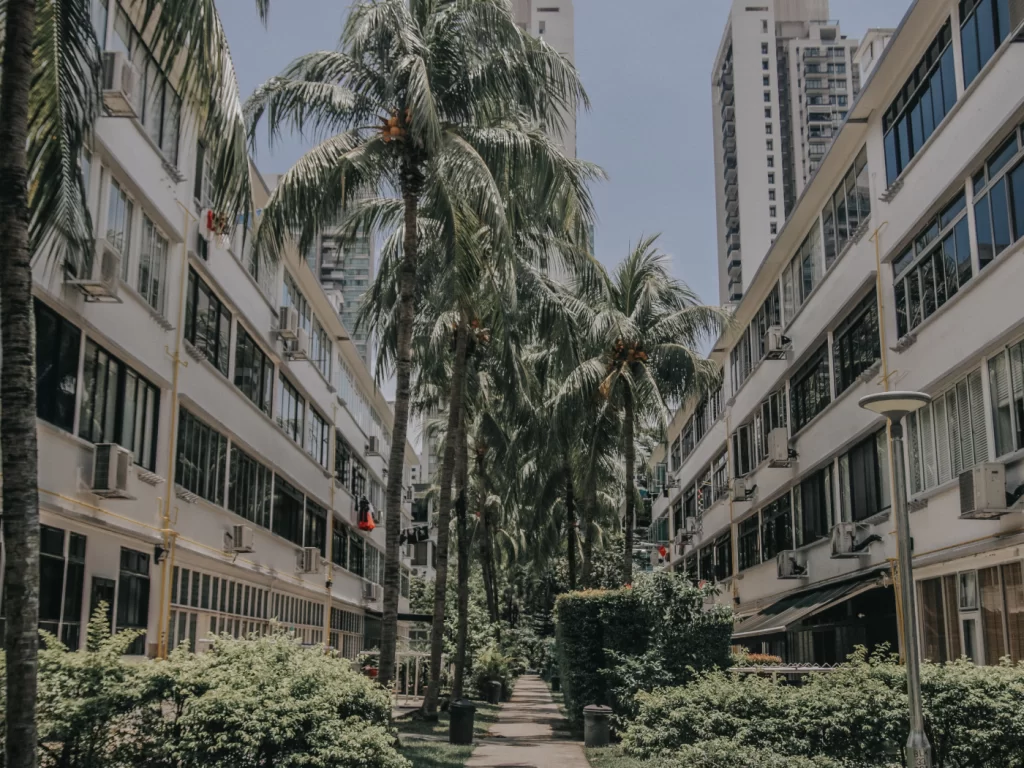
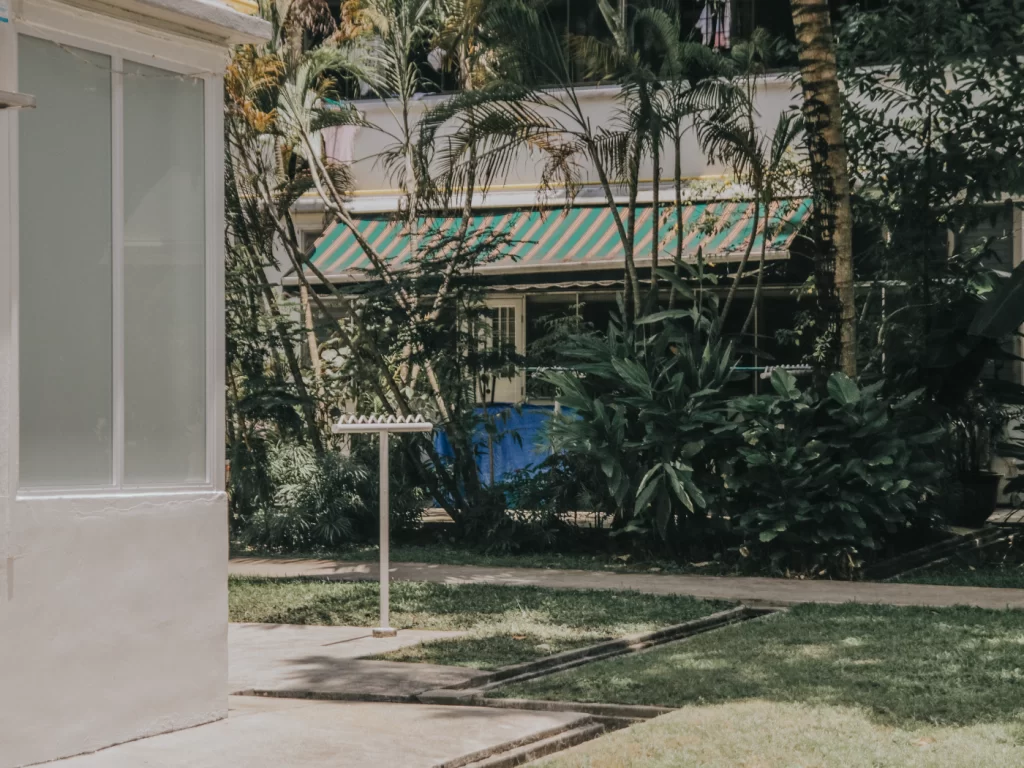
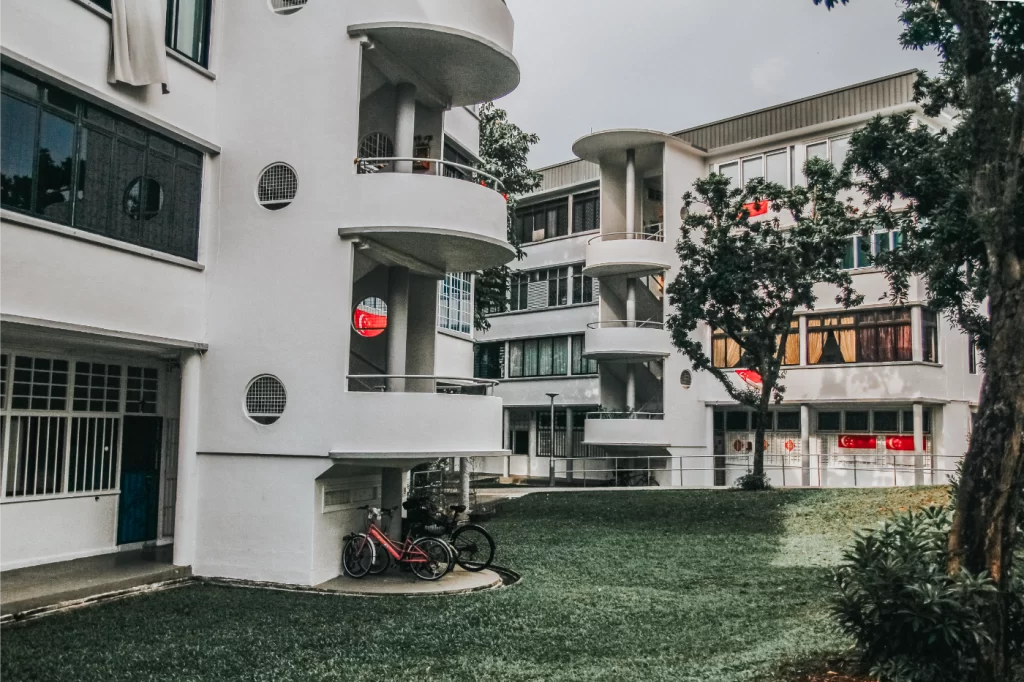
The first and oldest public housing estate in Singapore, Tiong Bahru is a neighbourhood that has lived a thousand lives. In two hundred years, it has gone from being a mangrove swamp to a burial ground, to a settlement village that quickly devolved into a slum; and then some semblance of a housing estate by way of government efforts between the 1920s and 1930s – only to fall, over and again, into a disarray of dwellings and overcrowding and fatal fires during the decades that followed.
In the post-war 60s, Tiong Bahru even earned itself a reputation for being a 美人窝/mei ren wo (loosely translated from Mandarin as ‘den of beauties’); a nickname that unwittingly developed as a nod to the shift in residential demographics during that time; where scores of immigrants and squatter families who had long been inhabiting the area were replaced by a wave of female nightclub singers, cabaret hostesses, and even mistresses of rich men who collectively came together to mark the neighbourhood’s brand new status as a social enclave. And it was a transformation that fundamentally redefined the neighbourhood. Tiong Bahru started to attract new visitors and residents, and the community soon became a melting pot of personalities and stories; where the glamour of these working girls mingled with the everyday lives of the community to forge a complex social landscape that blurred the lines between aspiration and survival. In this space, ambition, resilience, and desire were intertwined, creating an environment of contrasts that encapsulated the spirit of a generation seeking to redefine its identity in the wake of upheaval.
And it can be said that in that moment, once again, in the short history of Tiong Bahru, yet another era was born.
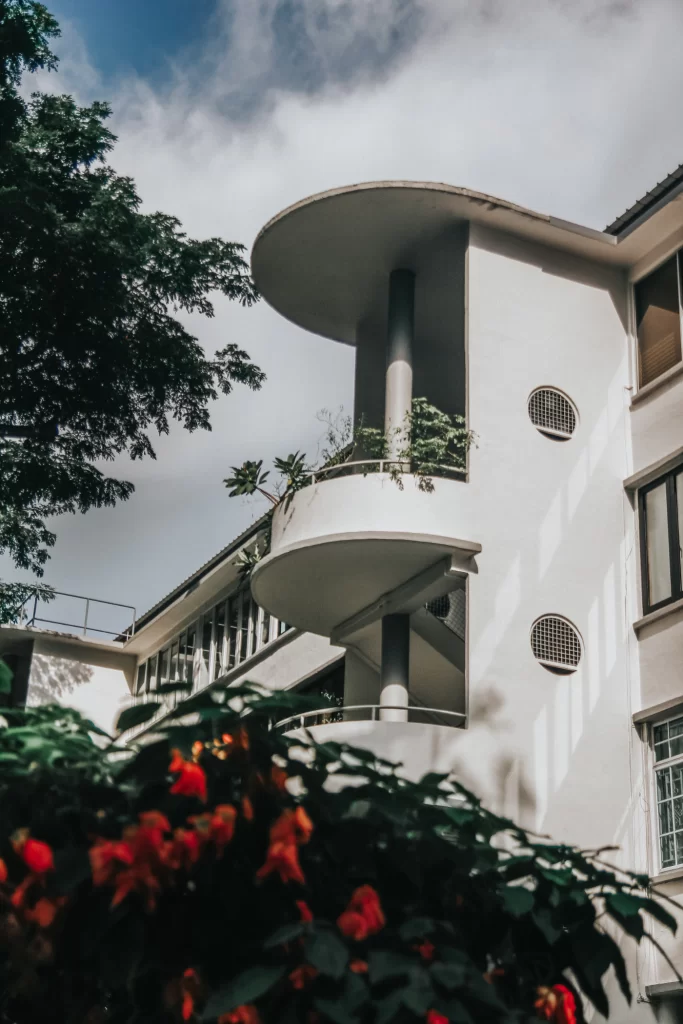
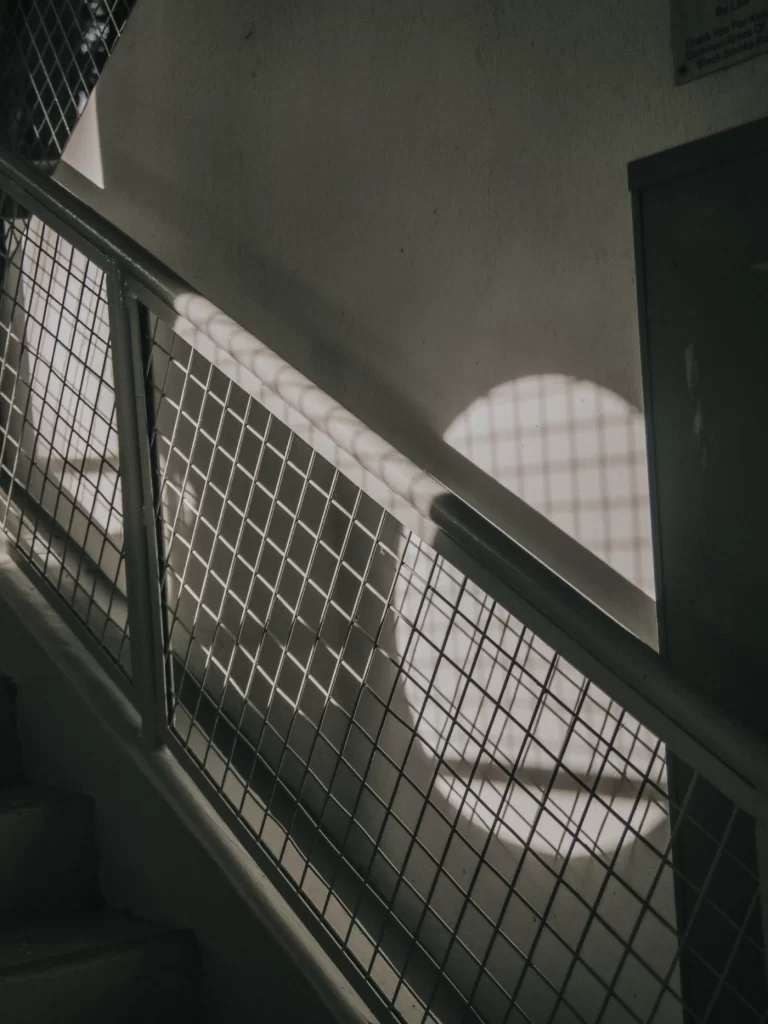
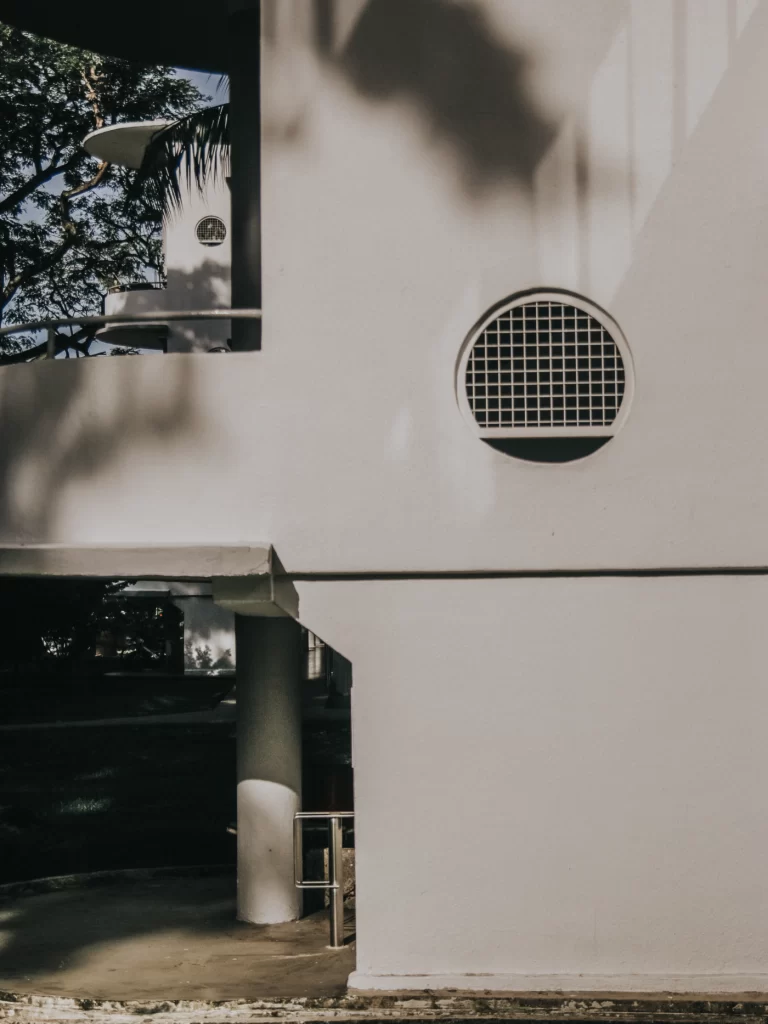
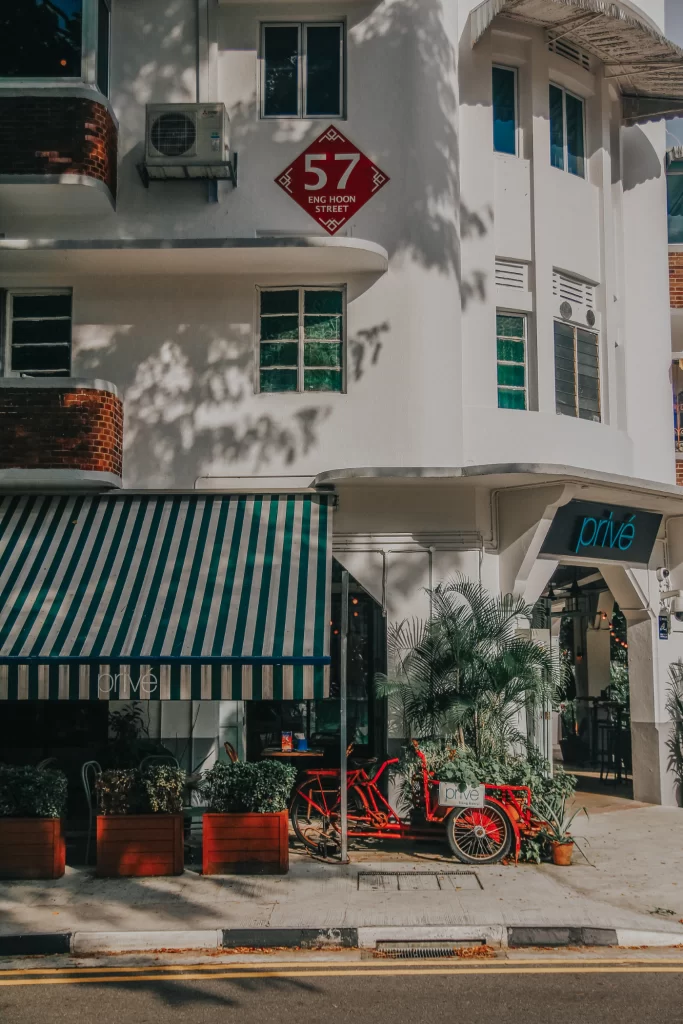
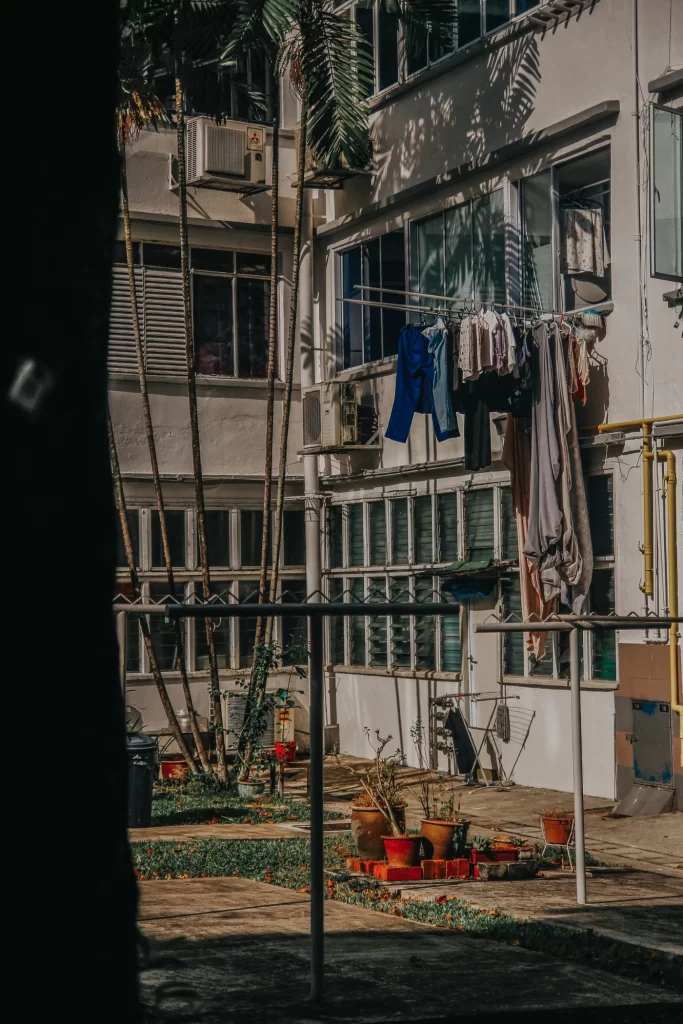
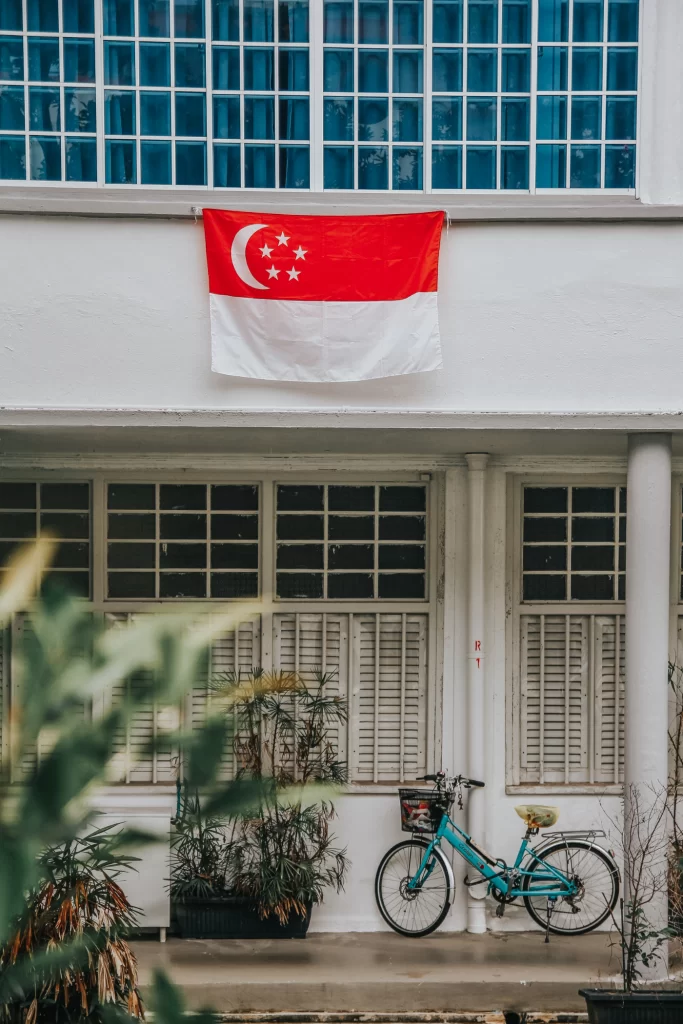
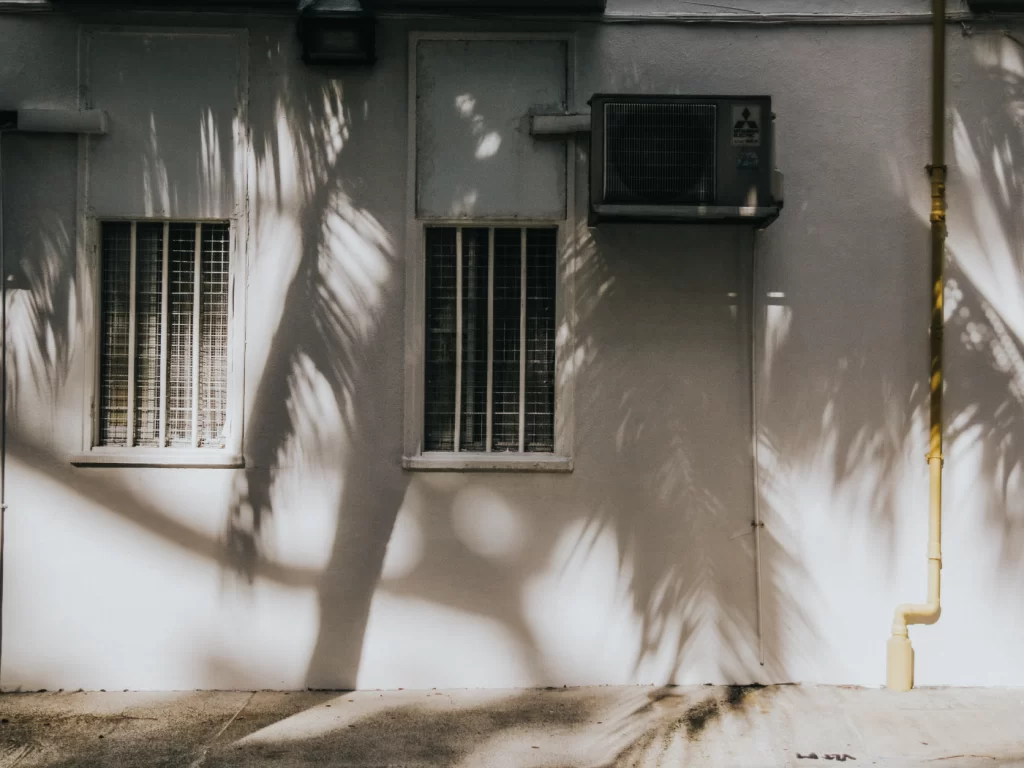
Today, the very same homes that once made up 美人窝/mei ren wo still stand largely and originally in tact – although, the residential demographic has since shifted primarily toward expats and the creative circuit. The buildings are now colloquially referred to as the ‘Tiong Bahru walk-ups’, and their units are (understandably) highly sought-after; as those who can afford it bask in its old-world charm – and those in-the-know clamour to be part of its intentional, slow-lived core.
The district has also manifestly taken on a more artisanal and indie vibe these days, but, it almost feels like Tiong Bahru’s one true act of defiance has always been against time. Their spiral staircases and flat rooftops and iconic art deco curves still stealthily anchor their identity onto any post-modern changes that are being inflicted its way; and today, even the hippest hipster cafe in the neighbourhood has to harmonize its charm with the estate’s dated Nanyang-Art Moderne vibe; even the most avant-garde concept has to carefully tendril its dialogue around the estate’s unique past. Hipster retail fronts sit side by side traditional businesses; calloused hands and communal minds juxtapose independent newfound ideals; and rusty pre-war homes, with their rusty grilles and vintage gates, share walls with a fresh melange of new-age neighbours- all of whom are doing their part to breathe new life into the neighborhood with forty different shades of minimalist vibes.
Reinterpret my old to fit your new; otherwise, this is not a place you can thrive in, Tiong Bahru seems to command. And it is not wrong. It is its very history that serves as the cornerstone to the entire neighbourhood; and it is its storied past that informs every turn, every facade, and every narrative, that has been woven into the fabric of this community.
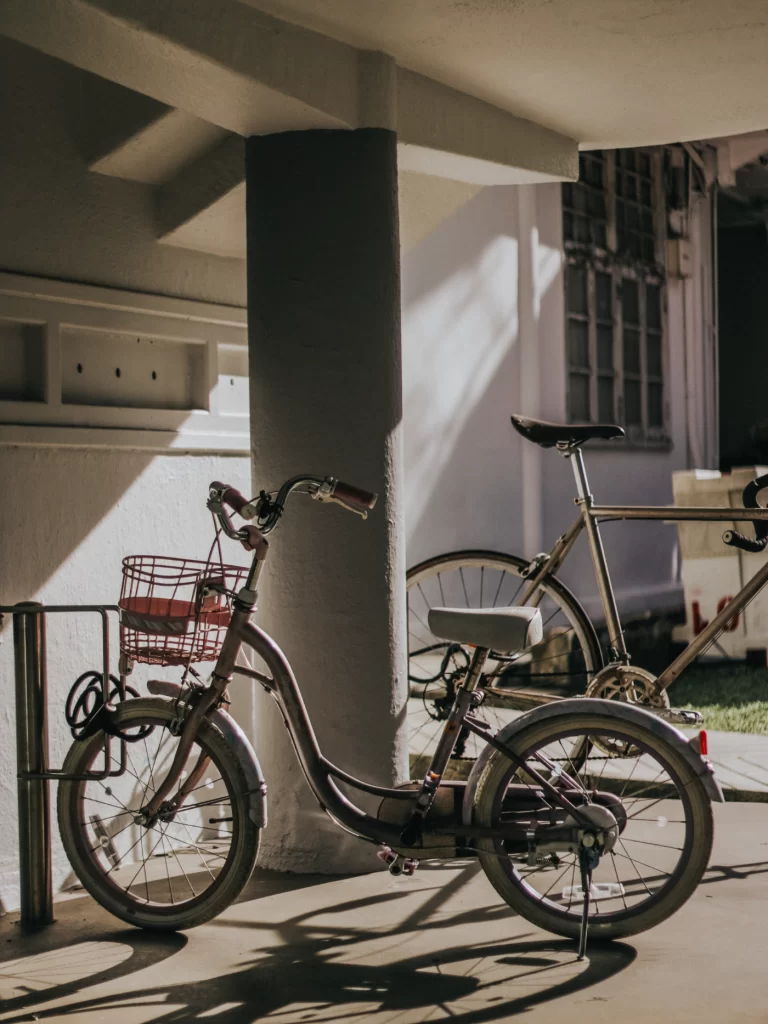
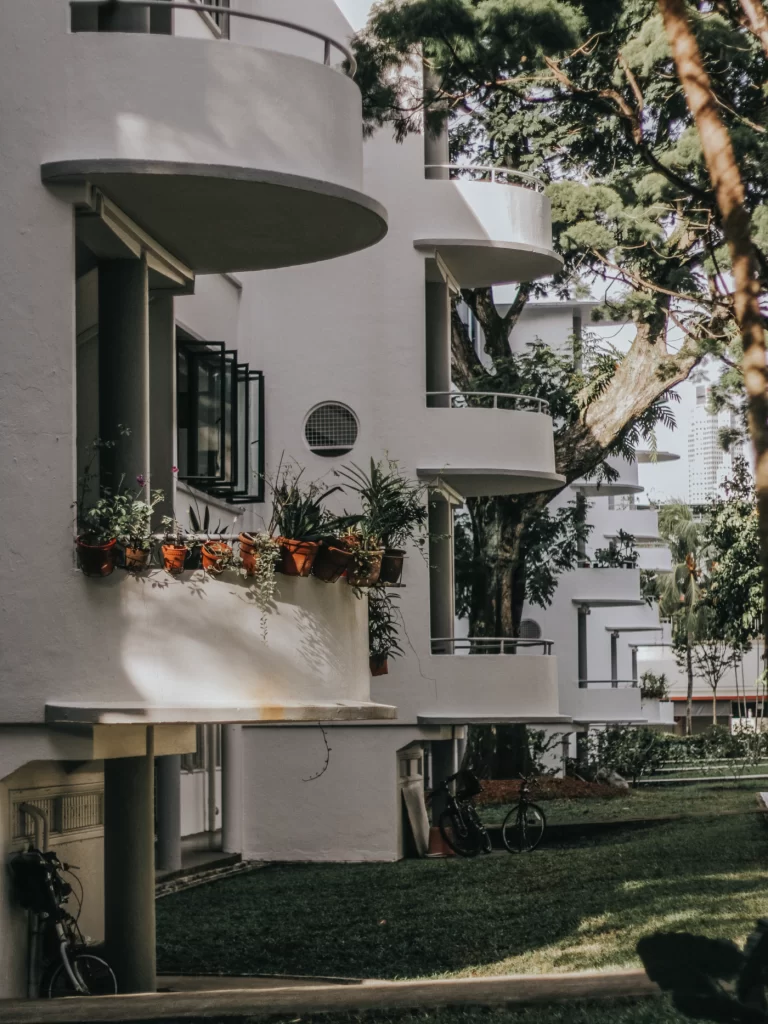
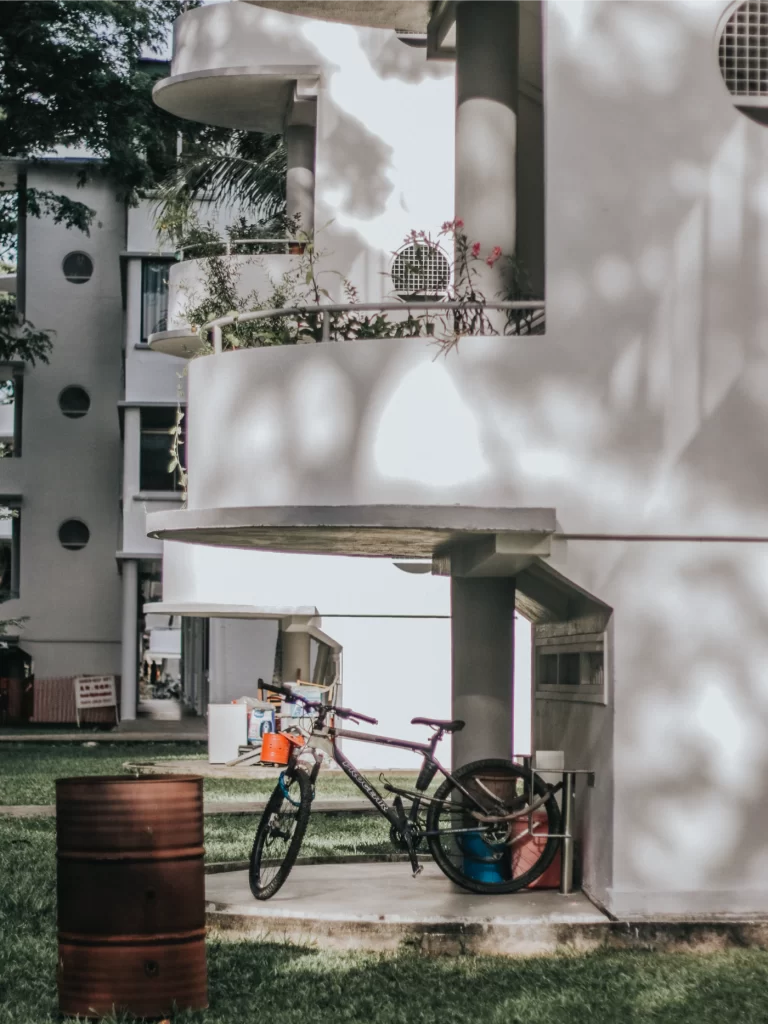
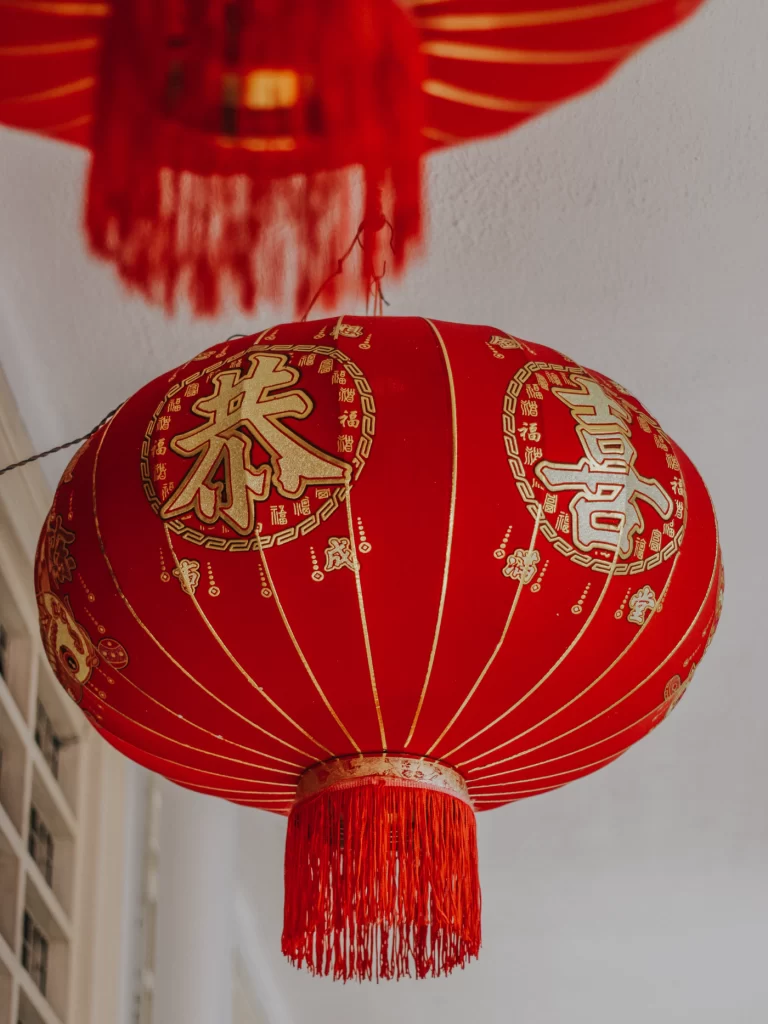
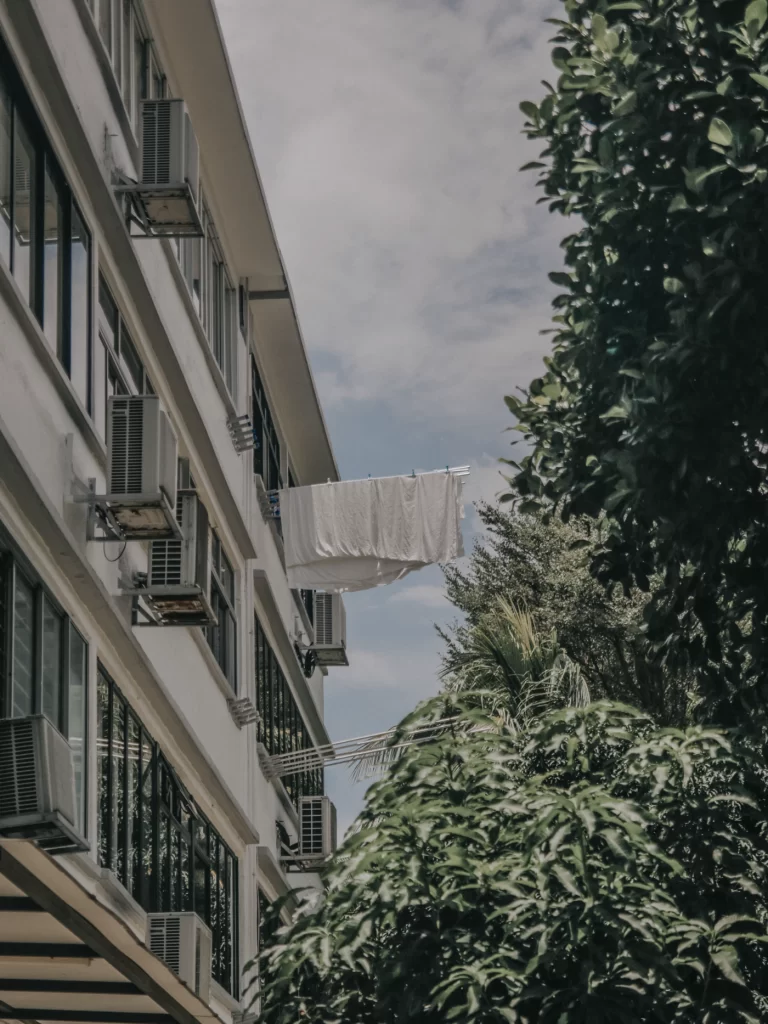
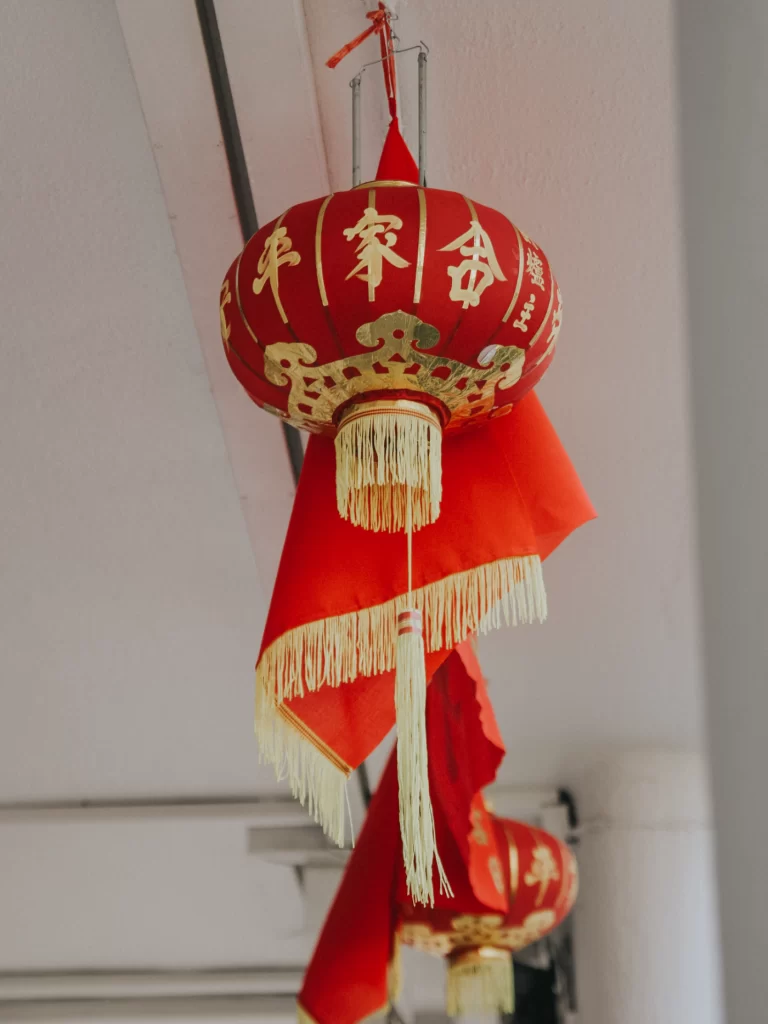
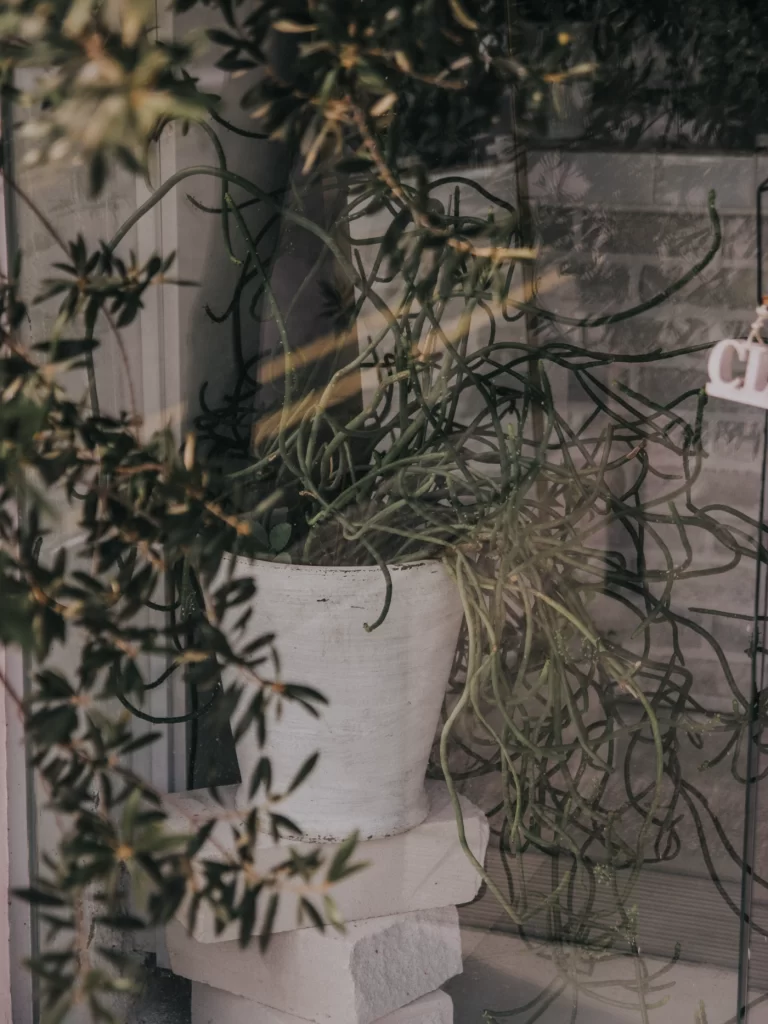
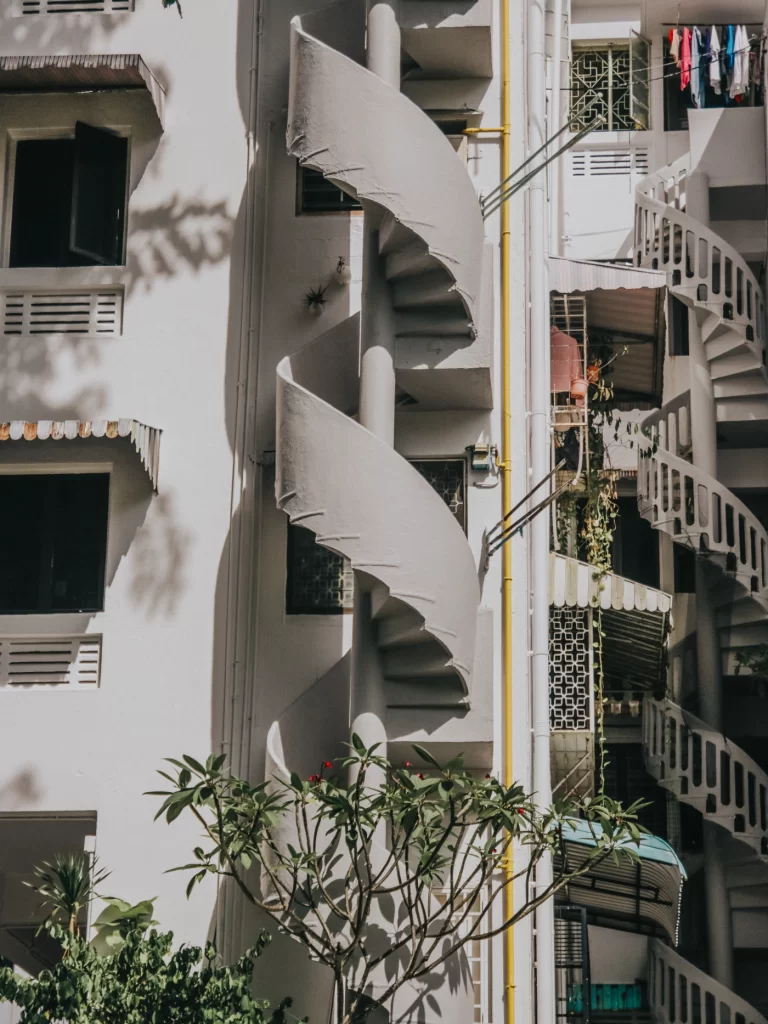
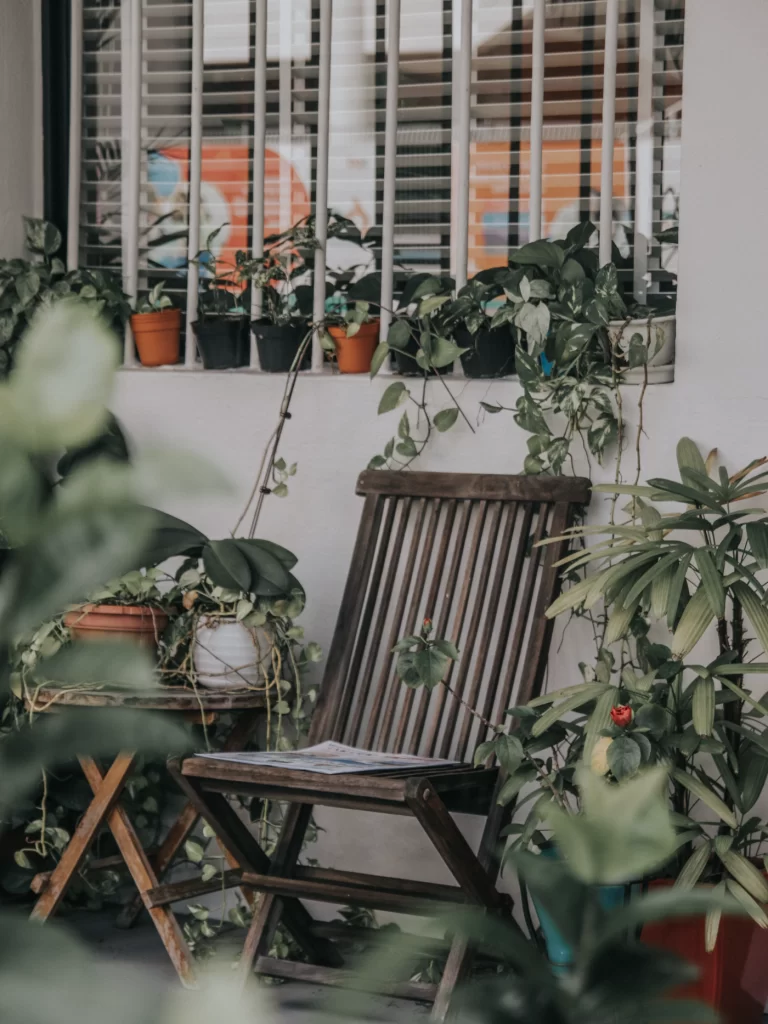
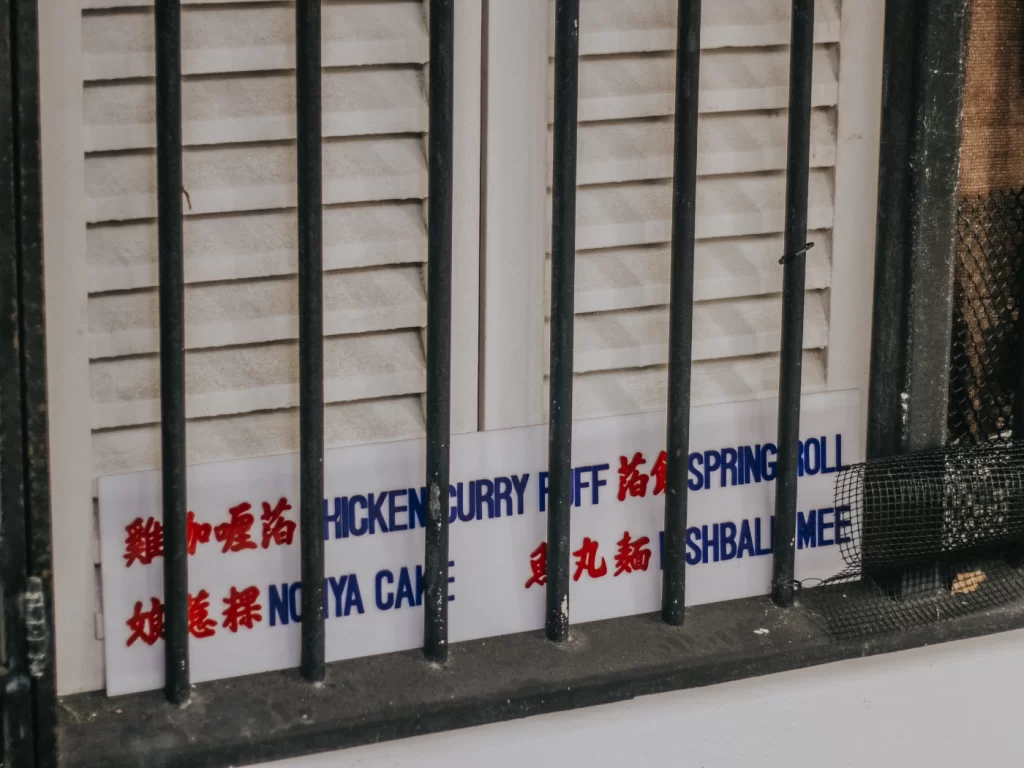
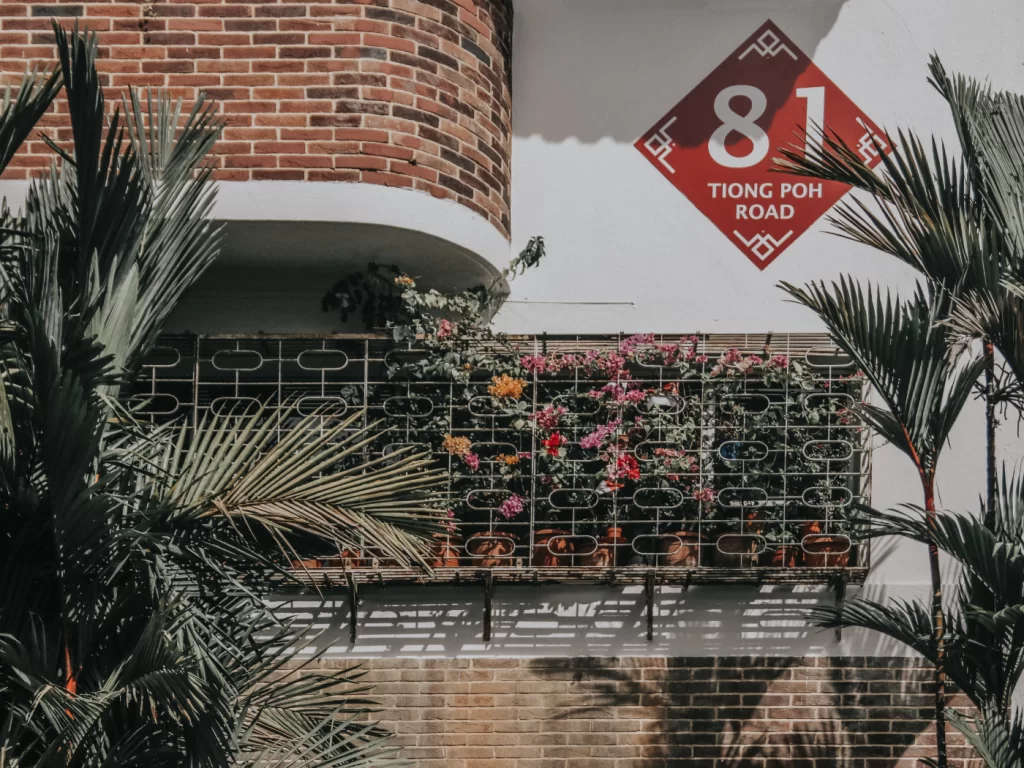
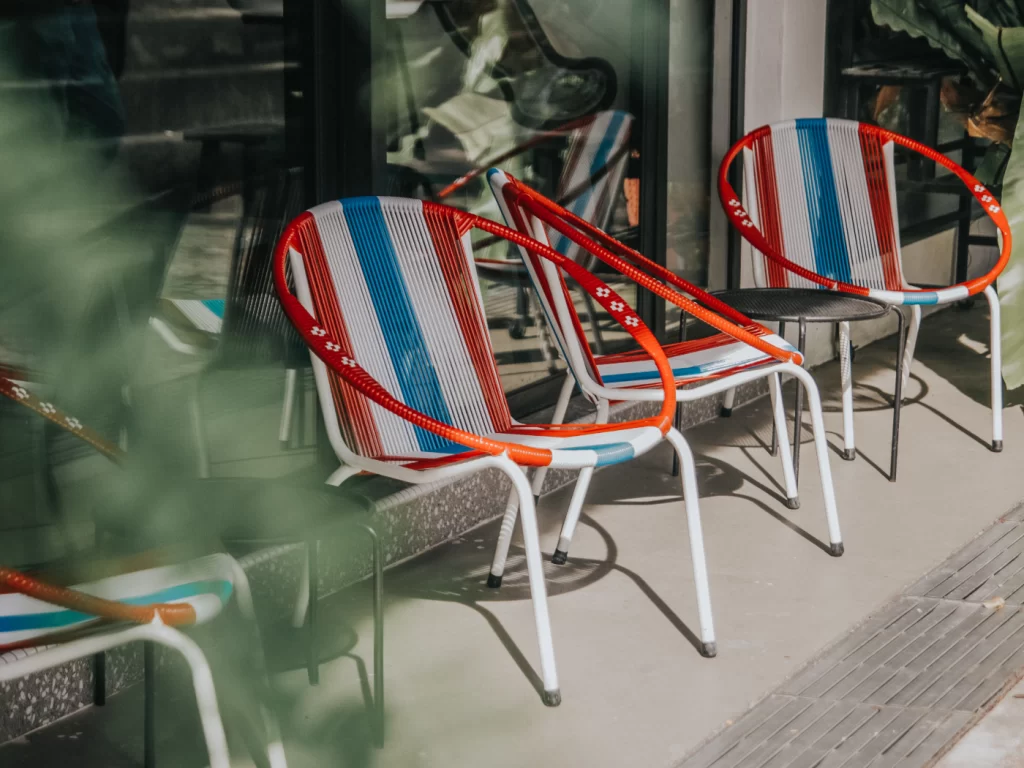
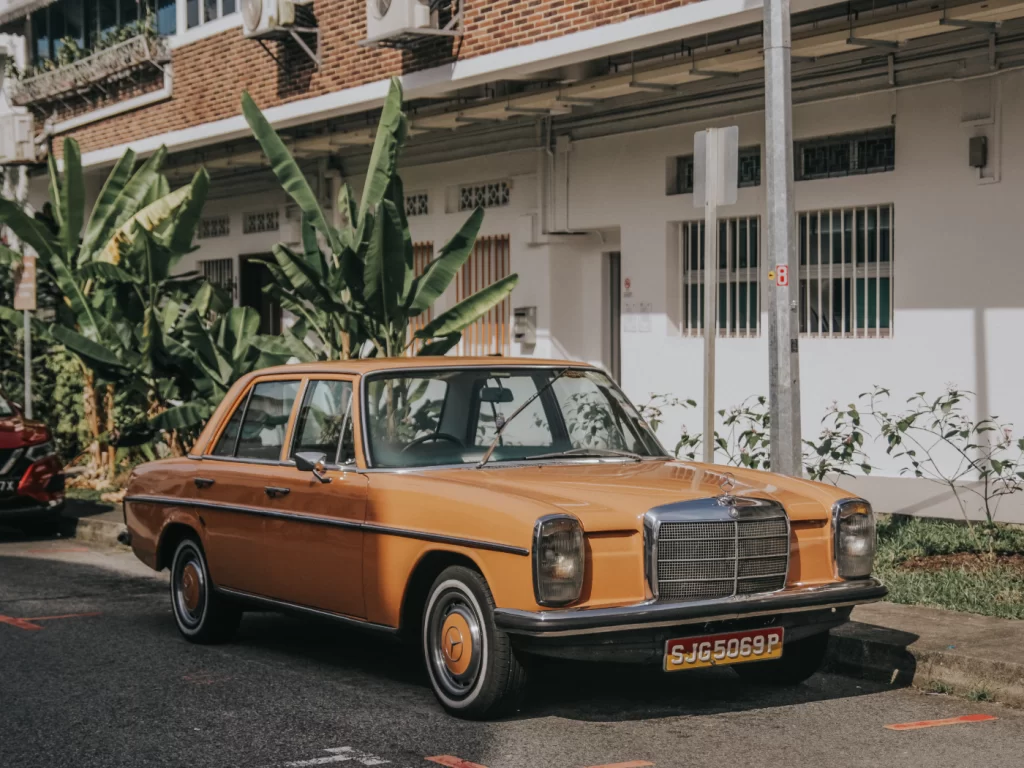
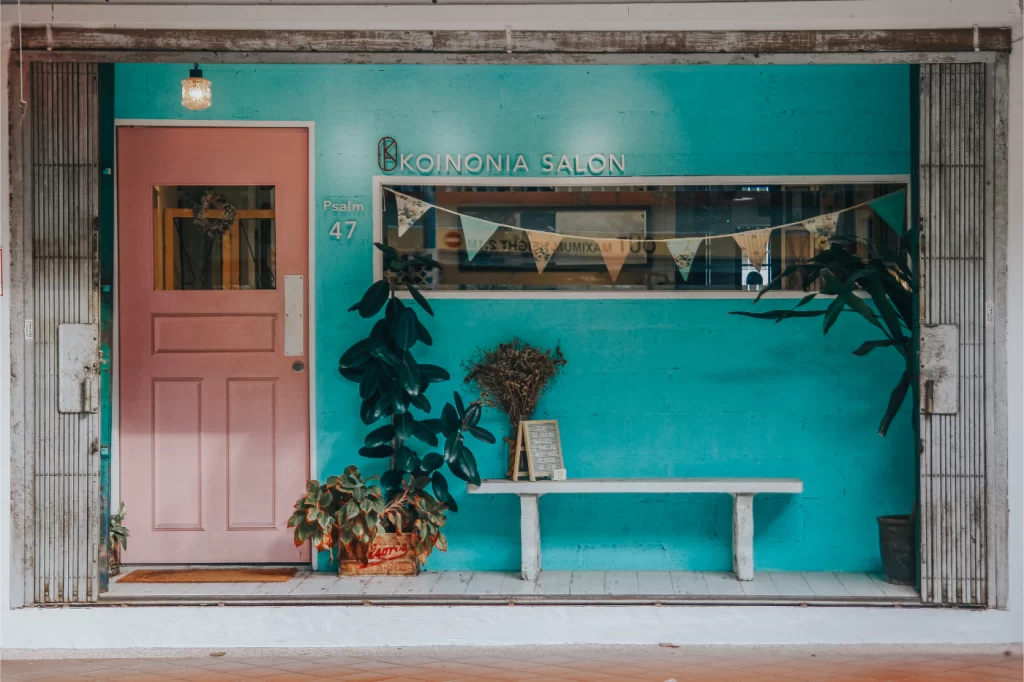

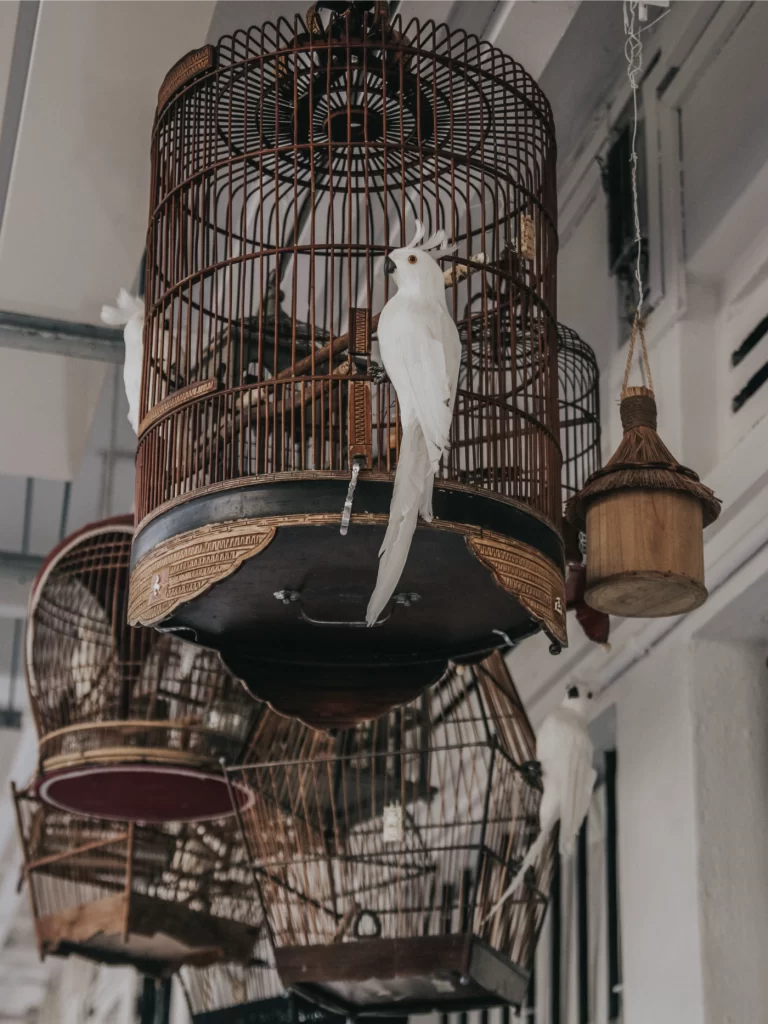
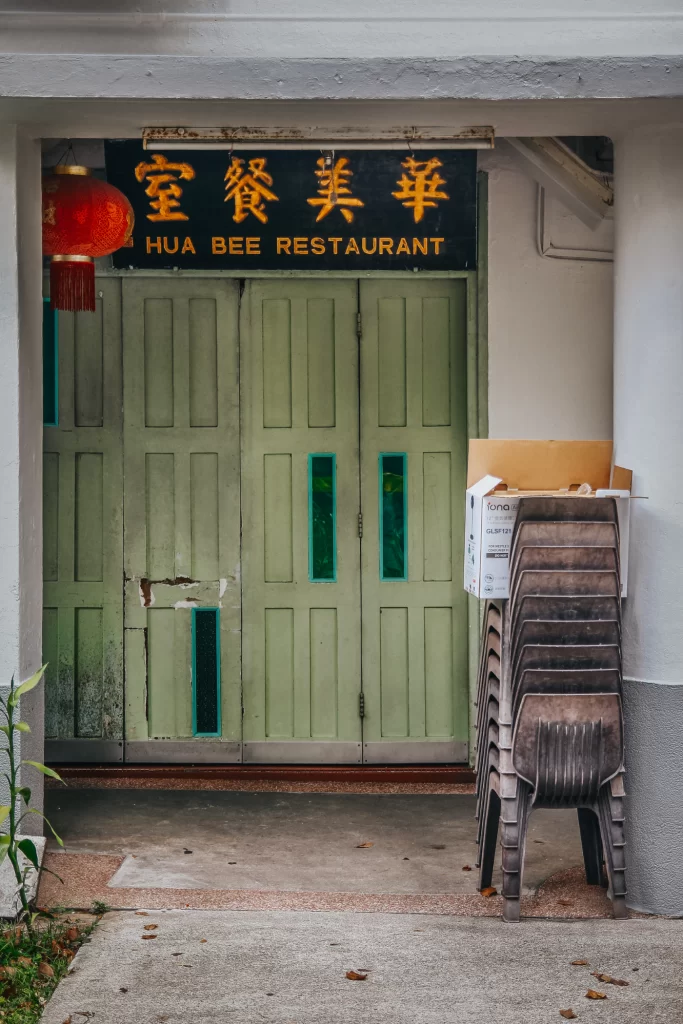
And that, perhaps, is how Tiong Bahru continues to be a living chronicle a hundred years on; where, in a true sleight of hand, the whispers of its many pasts continue to intertwine themselves with the present; converging over time and space to create whole Eras fuelled by their own distinctive aesthetic and their own distinctive persona and – most importantly, their own distinctive story to tell.
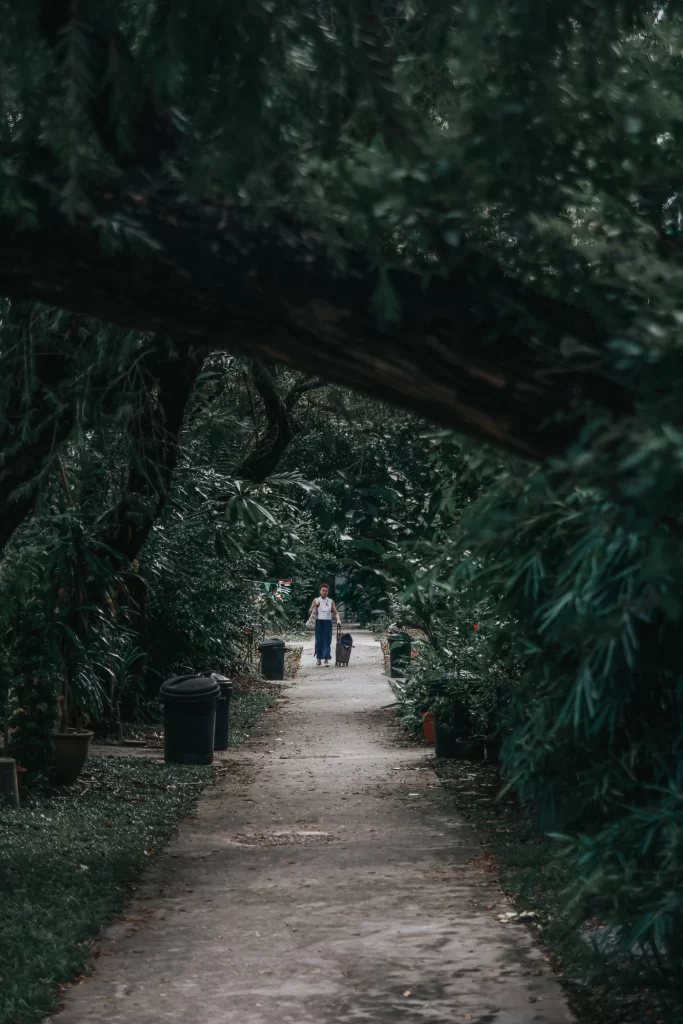
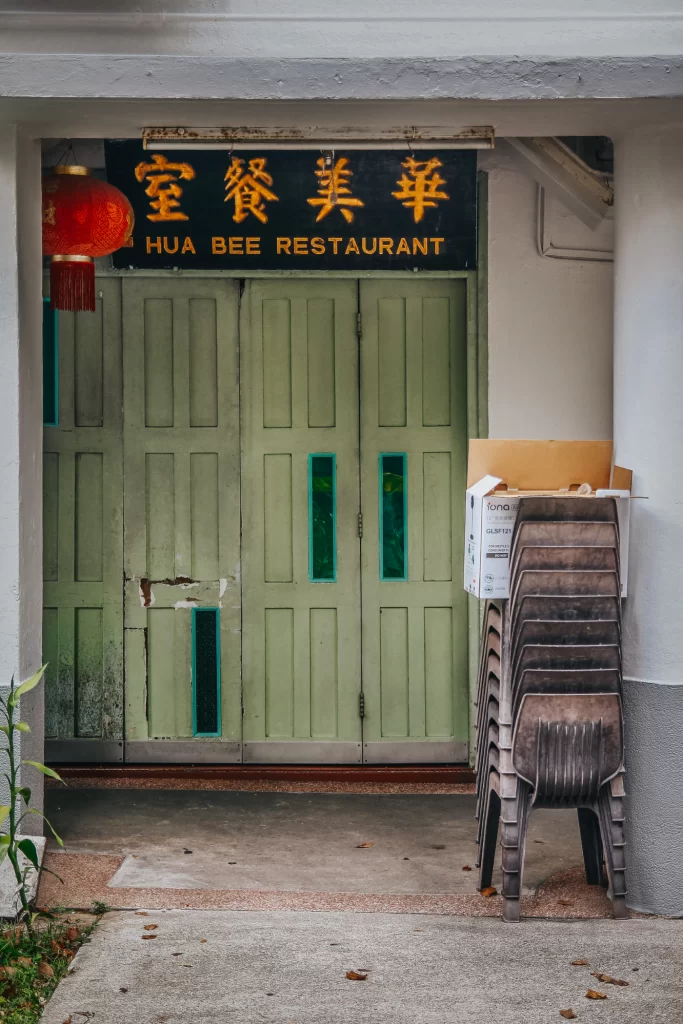
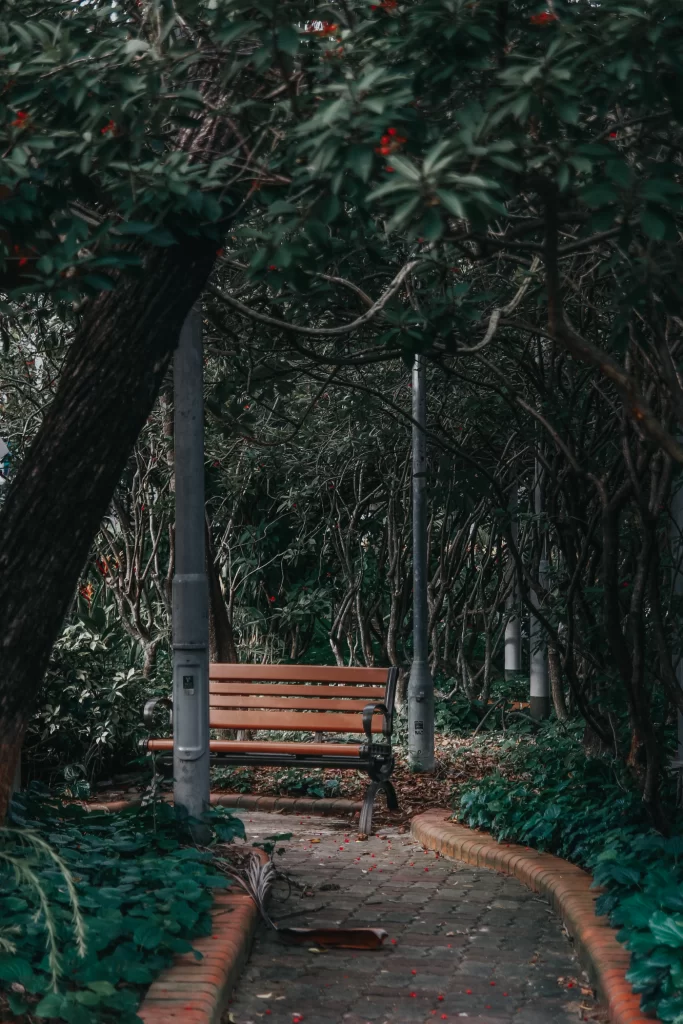
And just like that, as true legends do, this quiet little enclave has not only safeguarded its posterity in history, it has also ensured that- no matter the air or tide, regardless of flow or circumstance, it will remain a legacy that will continue to reaffirm its relevance to the ages, across any time and space.
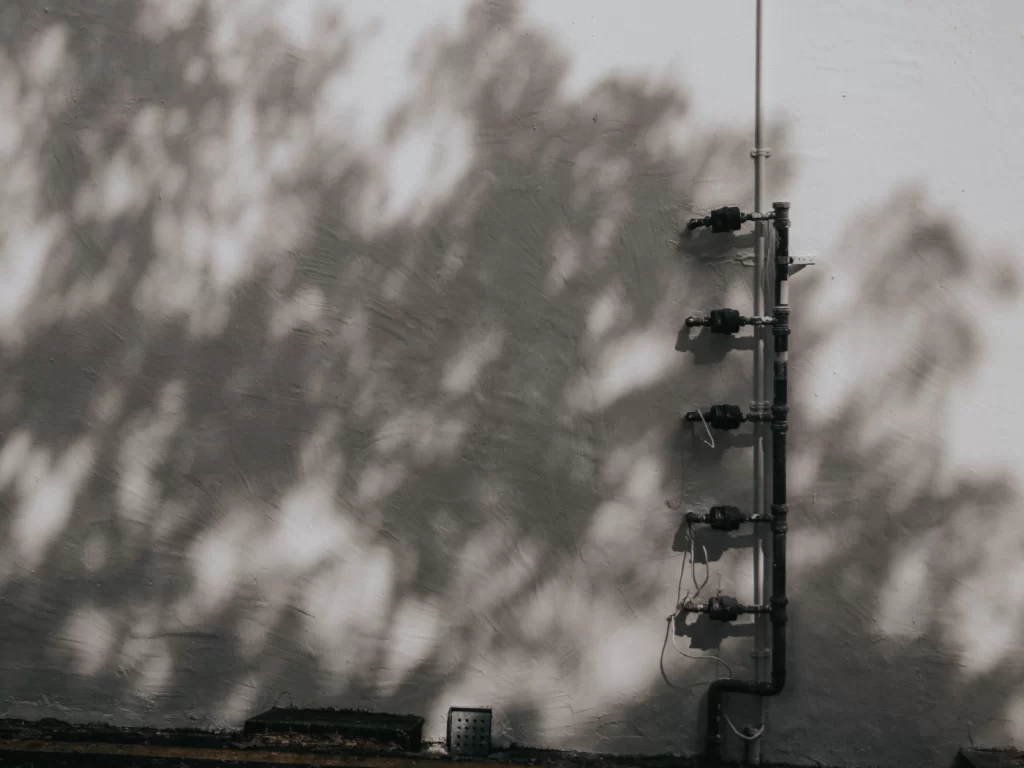
an INSIDER’S insight
5 CAFES TO BEAT THE HEAT:

1. OG hipster cafe Plain Vanilla has been in the Tiong Bahru circuit for such a long time now that it has since flourished into what many would agree is the iconic haunt of the district. Light, uncomplicated, busy and popular, this spot is best known for their baked goods – in particular, their cupcakes; although, they also boast some pretty solid mains (and of late, a thoughtful selection of home & living goods too).
1D Yong Siak St
2. Creamier‘s list of ice cream flavours is a roll call of all the finest flavours you can think of in the ice cream world- and then some. Expect an ingenuious play on ingredients (like Blue Pea Vanilla and Earl Grey Lychee) to a handful of pretty innovative local-inspired tastes too (like Sea Salt Gula Melaka and Teh Peng [a local milk tea]). The place is also pet-friendly- but the real kicker is they’ve got a selection of doggie ice cream for pups too.
78 Yong Siak St, #01-18
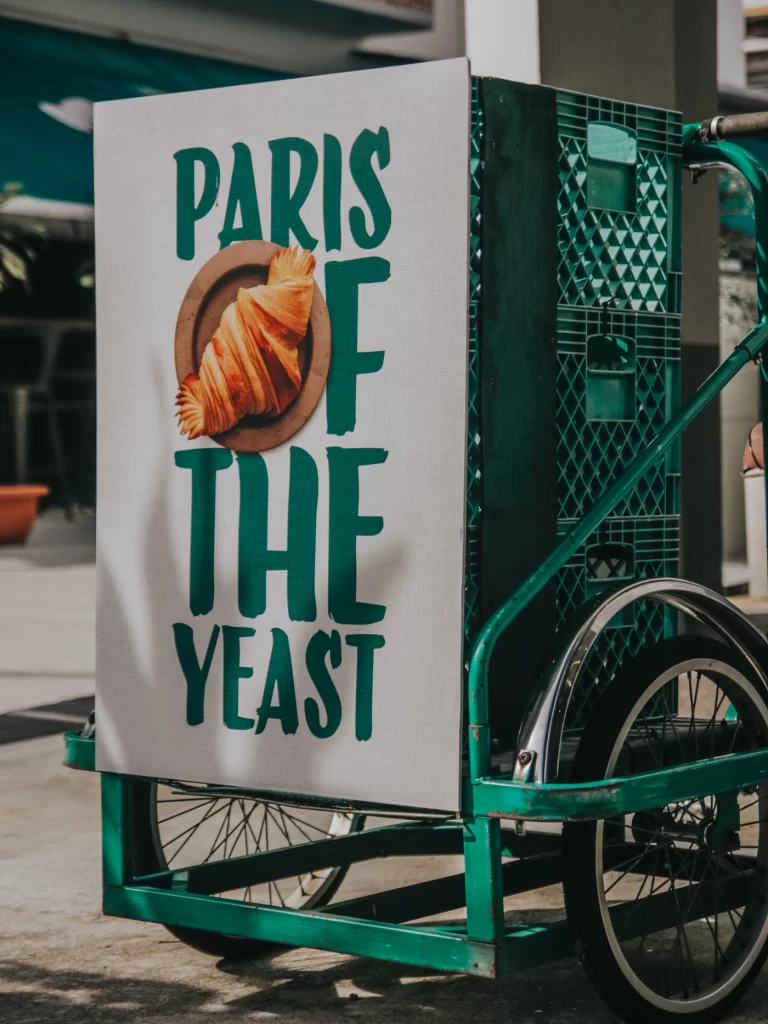


3. Have you even been to Tiong Bahru if you haven’t been to Tiong Bahru Bakery? Designed to echo community and celebrate homegrown tastes, the uniquely charming atmosphere at this patisserie is half-French half-local, and guaranteed to make stress slip away from the moment of arrival. The patrons here seem privy to a secret that many can go their entire lives without discovering: how to live (and eat) good, slow, and satisfied. The Croissant were once what they were best known for, but today, you can also expect to find a hearty mix of breads and pastries with just as big a reputation to match.
56 Eng Hoon St, #01-70
4. Few take coffee as seriously as Glass Roasters, where quality, intentionality, and experience is key. The space is relaxing & thoughtful and encourages slowing down to enjoy the simple pleasures; literally the kind of place you can take your time to linger over that second coffee as you thumb through the pages of your vintage classic. Coffee conoisseurs can expect a better-than-a-decent mid-day caffeine hit here; these stalwart purveyors of coffee meets source beans from independent farmers from across the world; and meet our modern demands with deft diversification, offering a seamless blend of brews that are convenient to both traditional and innovative tastes.
60 Seng Poh Lane
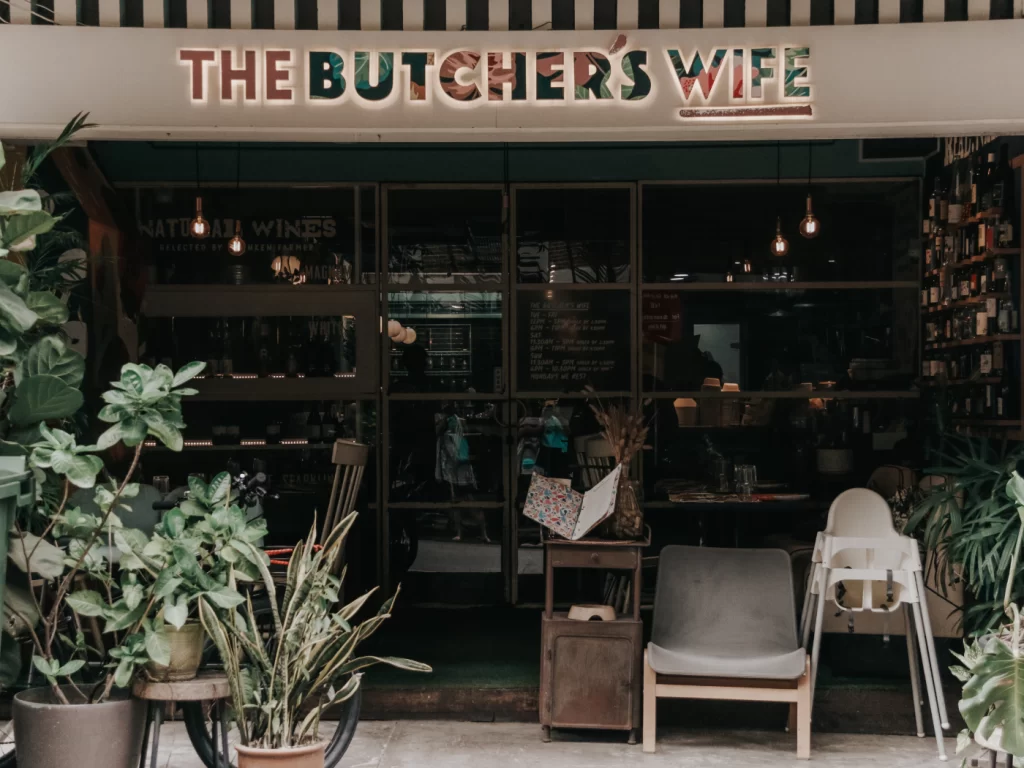
5. Another popular grazing spot to look out for is The Butcher’s Wife. Technically more bistro than cafe, this gluten-free, gut-friendly Brazilian kitchen seems to have measured the mood to precision, with an unscripted generosity and genuineness that leaves guests feeling like family by the end of their meal. The Wagyu, Miso Corn Ribs, and Chocolate Lava Cake are not to be missed.
19 Yong Siak St
3 RETAIL SPACES THAT SET THE SCENE:
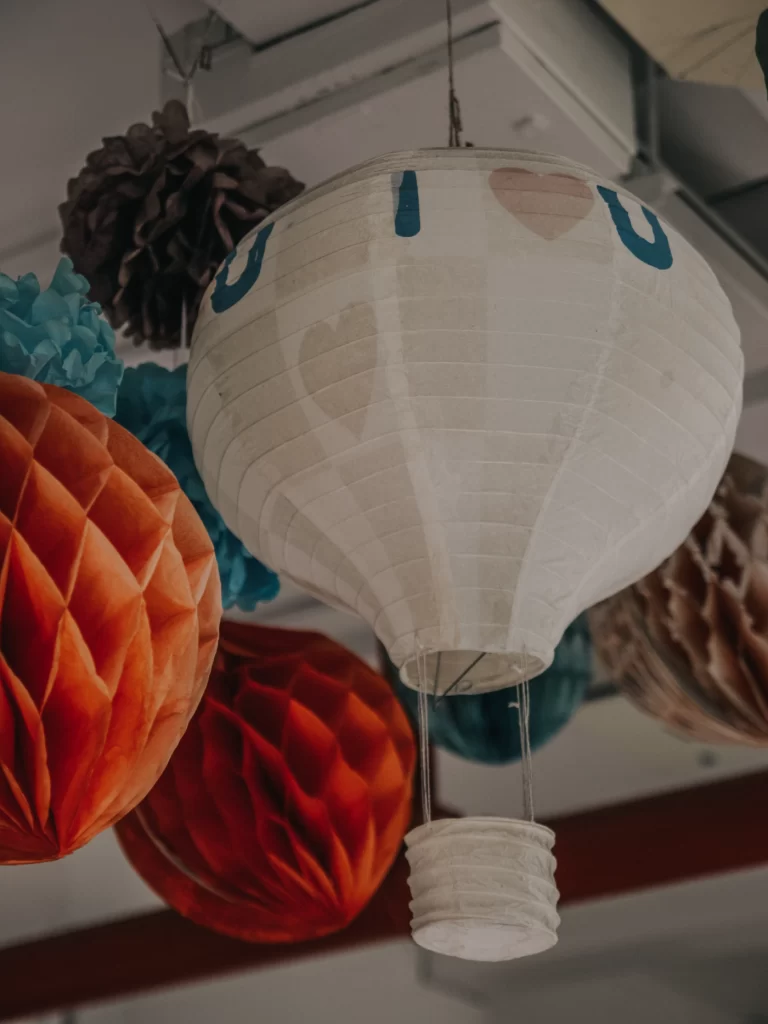
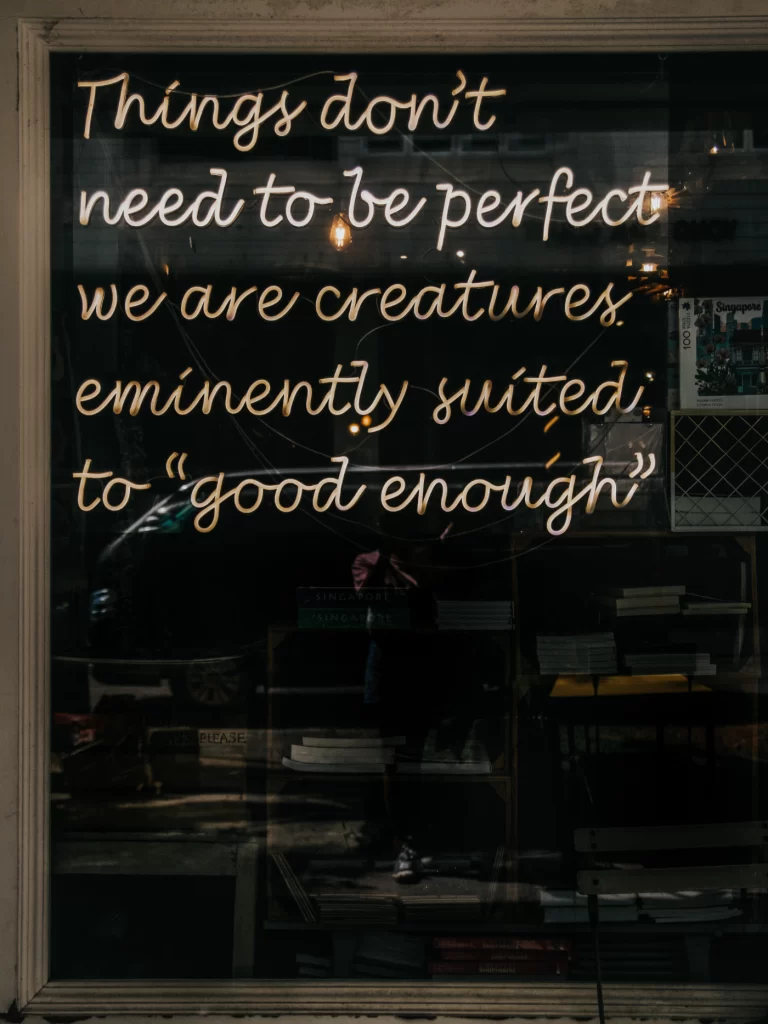
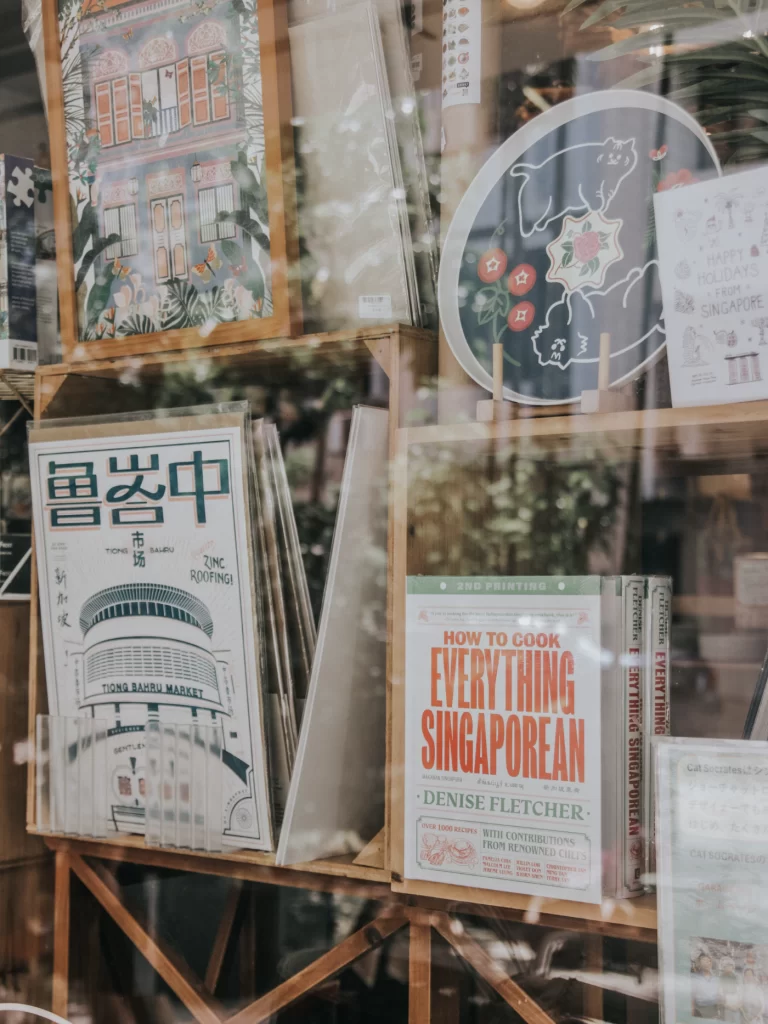

1. Set this cosy boutique bolthole as your base. If you’re from out of town, Cat Socrates is where you’ll find the best gifts for your best people back home. The space is festooned with a lovely collection of local-themed bric-a-brac, all tied together with an artfully mismatched vibe – and if you’re lucky, you just might run into their resident cat. (Warning: it is almost impossible to leave without snagging something – even if it’s just for yourself.)
78 Yong Siak St, #01-14
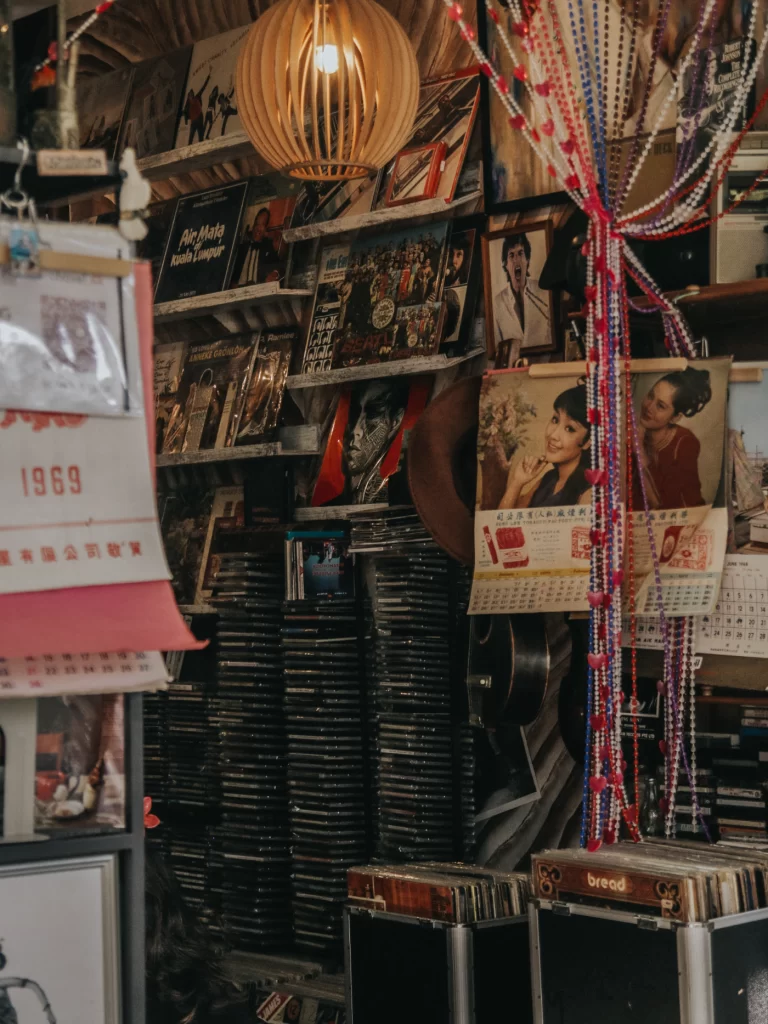
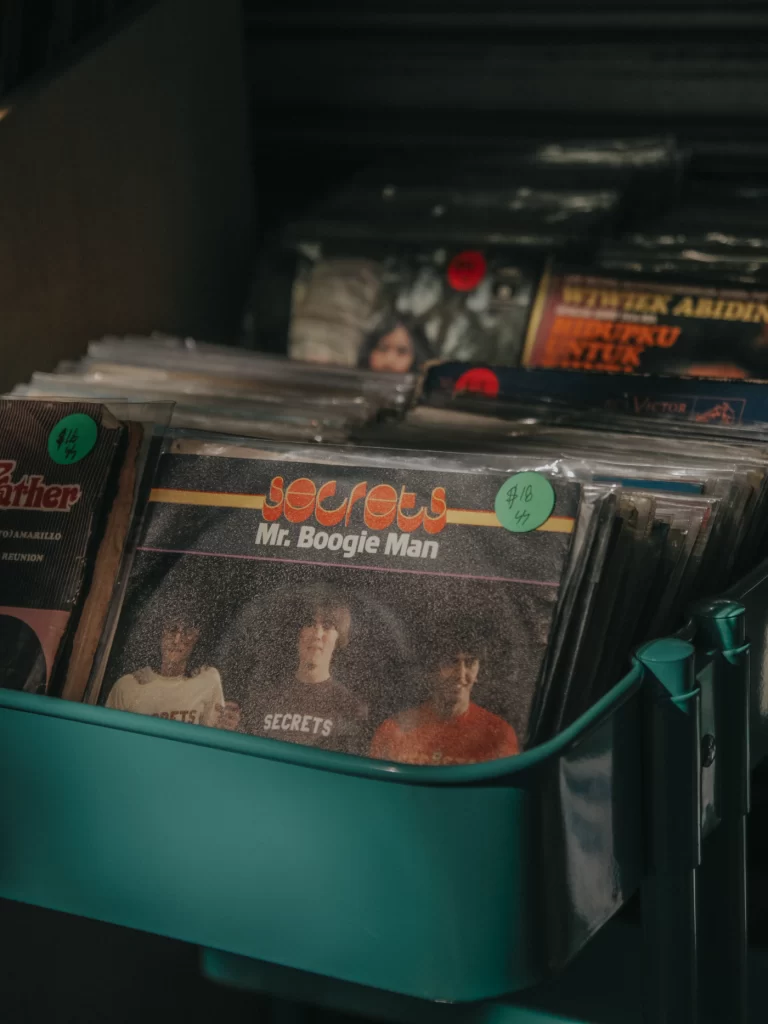
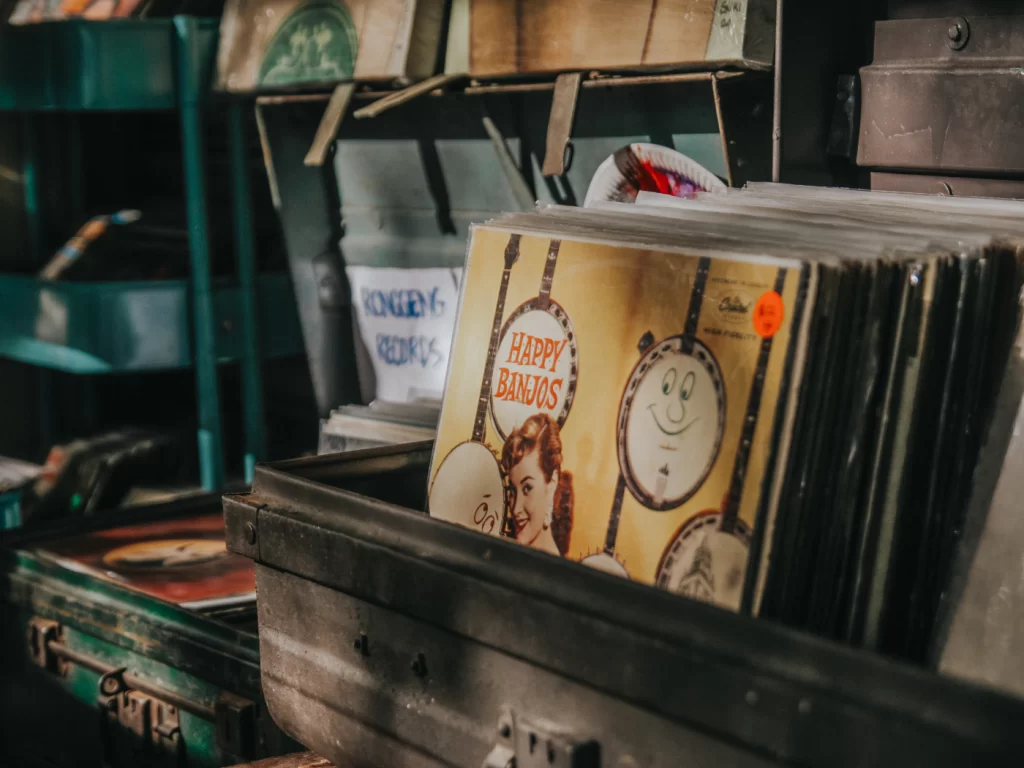
2. Ronggeng Records exists solely to remind us that old-school vinyls and casette tapes are far from obsolete. If you’re big on vintage records (or know someone who is), this cosy hole-in-the-wall boasts a seemingly endless catalogue of stocks that will keep you occupied for hours on end.
30 Seng Poh Rd, #01-79, Tiong Bahru Market


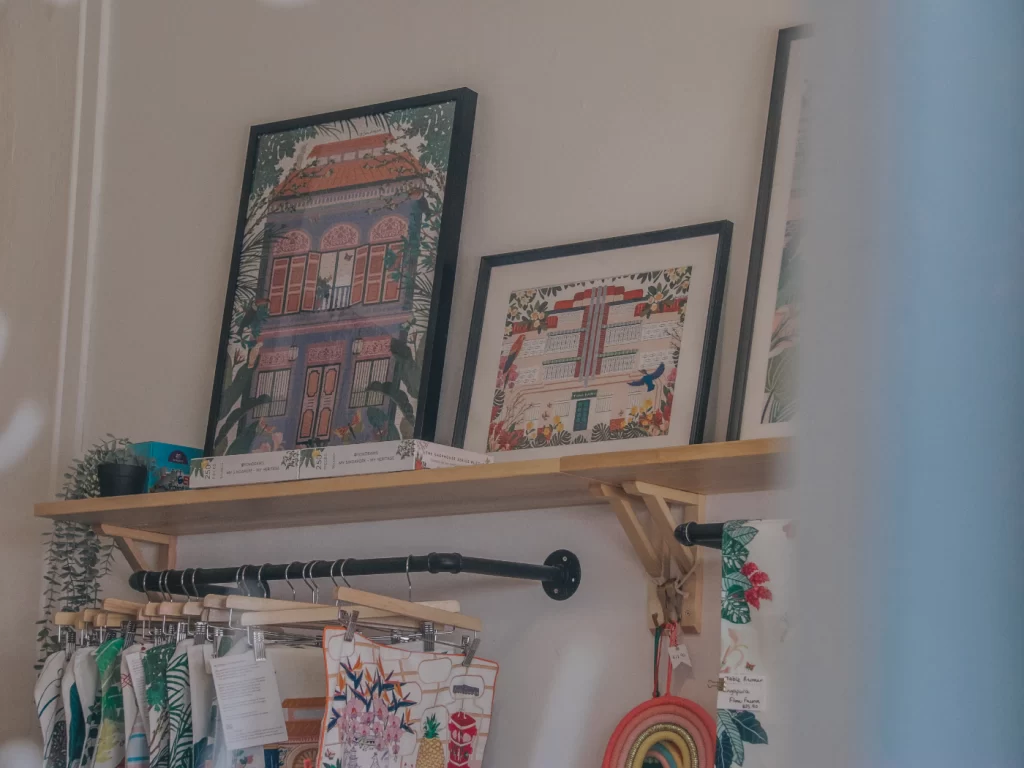
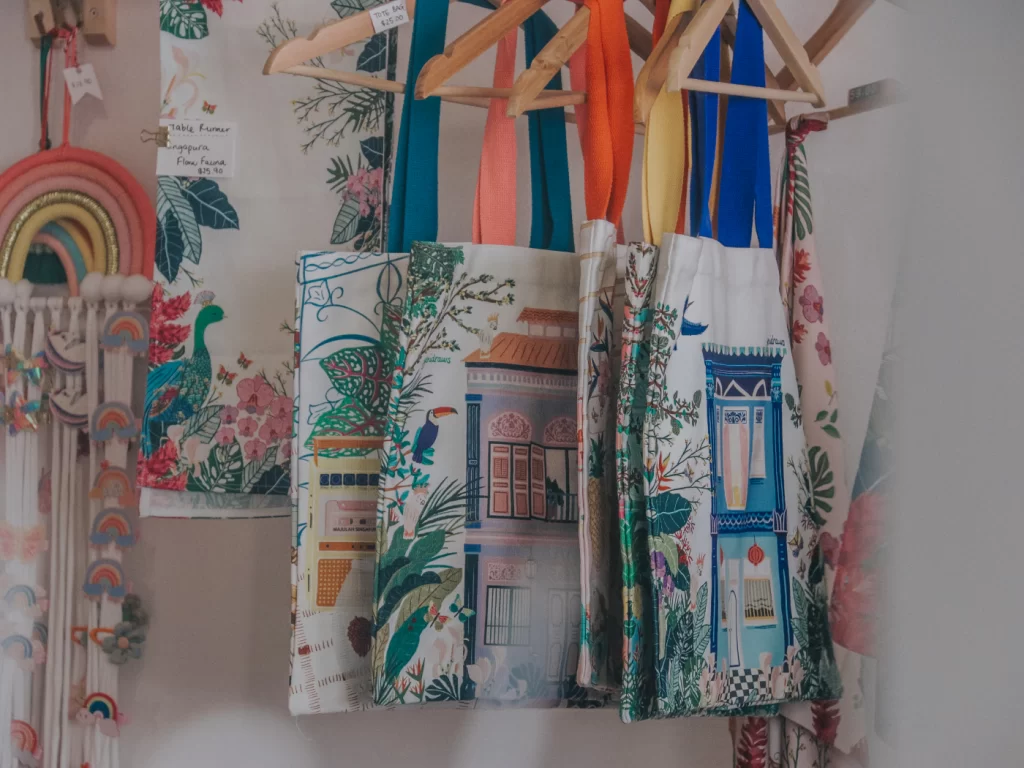
3. Tucked away quietly under the unassuming facade of Block 55, it is entirely possible to miss Yenidraws & Friends if you don’t keep your eyes open. It’s an utter loss if you do though; this tiny studio is a visual delight for the soul, holding an exclusive portfolio of home & lifestyle pieces that feature whimsical illustrations inspired by iconic Singapore elements – all drawn by a local self-taught illustrator named, you guessed it, Yeni.
55 Tiong Bahru Road, #01-53
WHERE THE LOCALS REALLY EAT:
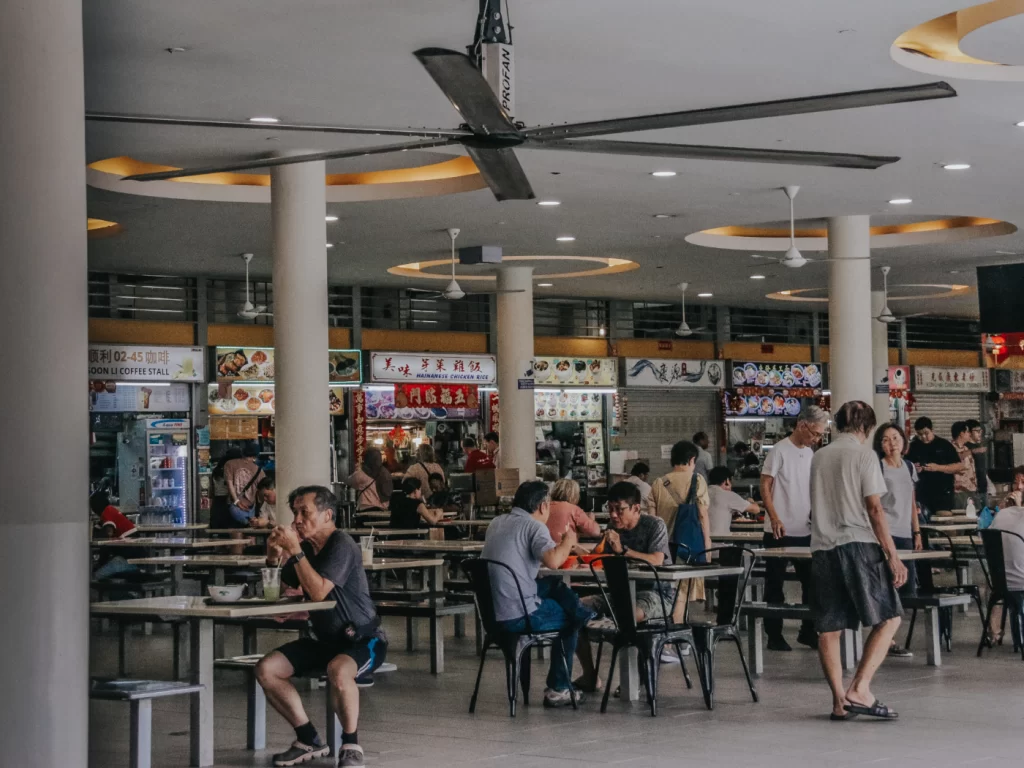
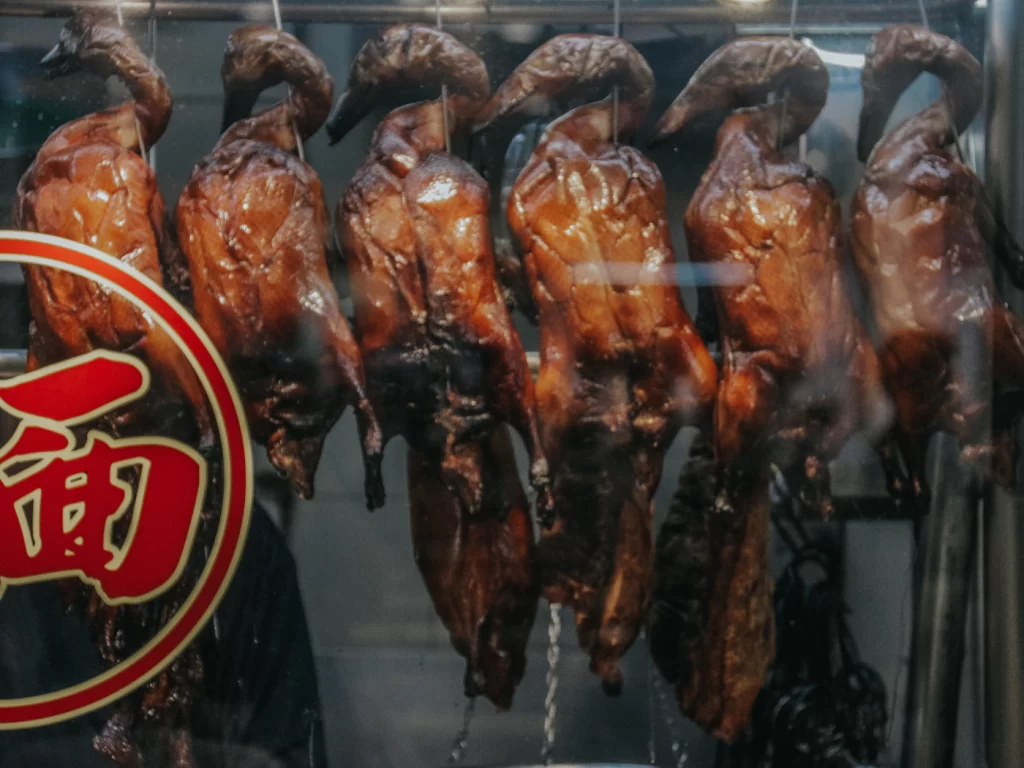
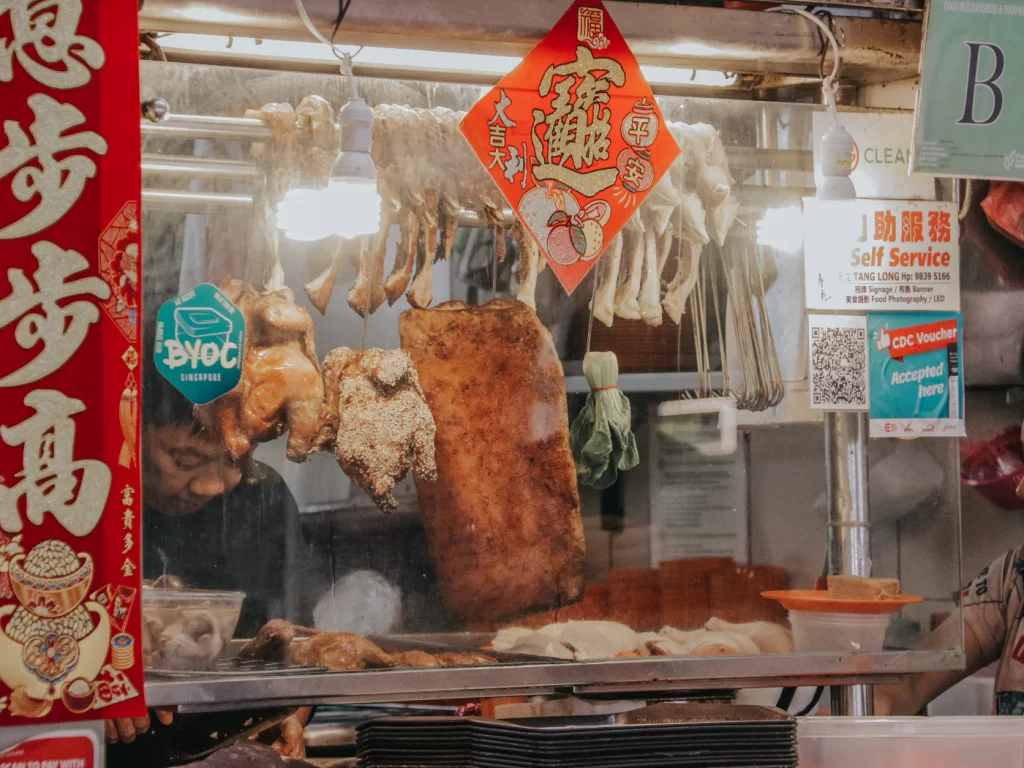
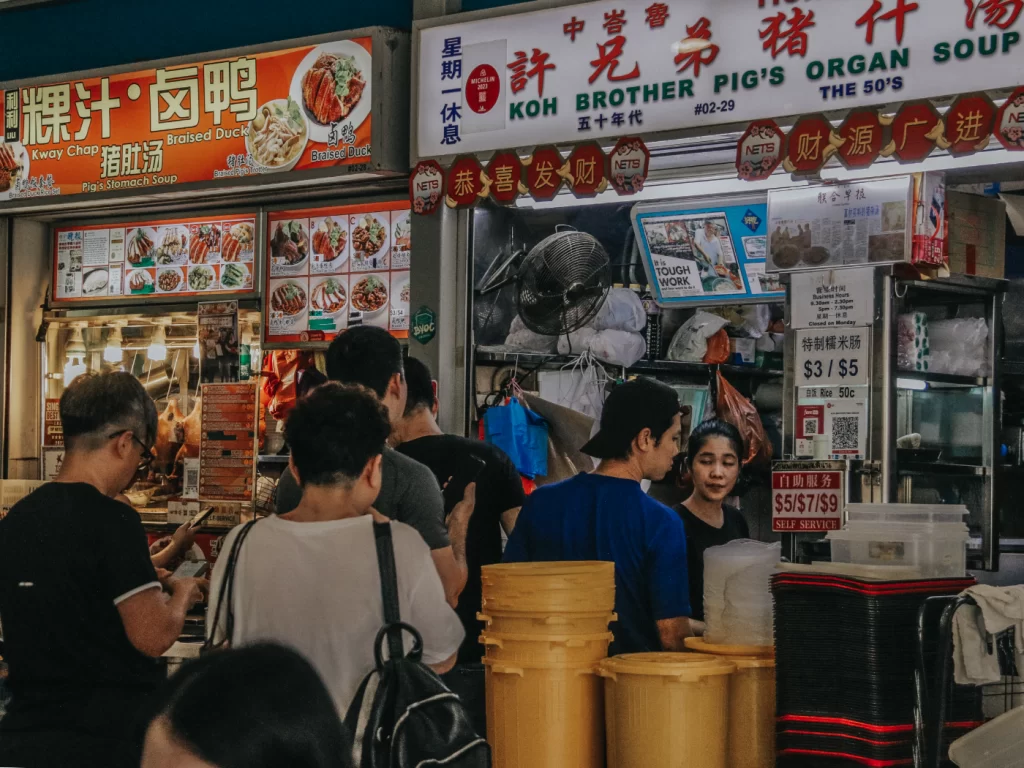
An impressive list of Michelin Bib Gourmand recipients and award-winning stalls makes it worth braving the reverberant clatter of Tiong Bahru Food Centre, a bustling two-storey centre nestled right in the heart of Tiong Bahru. On the first floor you’ll find a wet market that finds itself busiest in the early morning hours; but take the escalator up to the second, and you will be discover a business-class insight into the best of local hawker food. Hong Heng Fried Sotong Prawn Mee, Tiong Bahru Hainanese Boneless Chicken Rice, Jian Bo Shui Kueh, and Lor Mee 178 are examples of some who have won the Michelin nod, but the locals also love The CoCo Rice, Hui Ji Fishball Noodles and Yong Tau Foo, and more-than-30-decade-old Zhong Yu Yuan Wei Wanton Mee.
SLOW YOUR SOUL
IF YOU’RE IN THE MOOD FOR AN UNHURRIED EXPERIENCE…




1. Many Art Murals light up the concrete walls of this historic neighbourhood, a testament to the neighborhood’s unique character and place in local history. There’s no one place to go to see them all since they’re evenly sprinkled throughout the neighbourhood- although, a meandering stroll through the district will ensure that you cover most of the prominent ones to see.
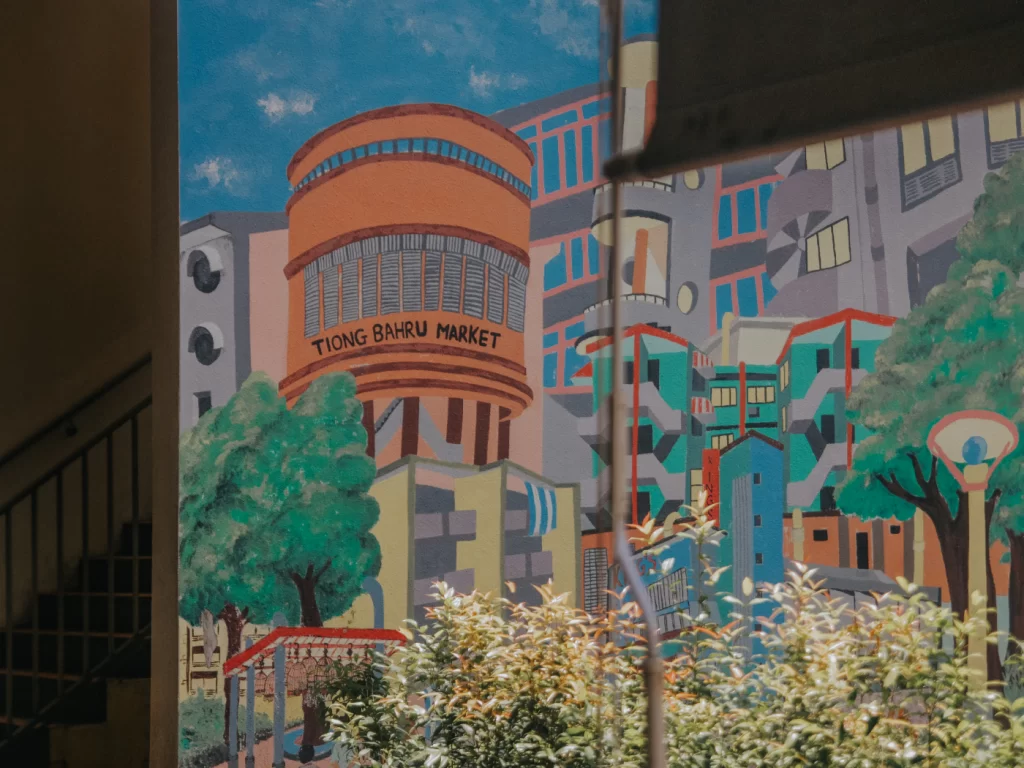
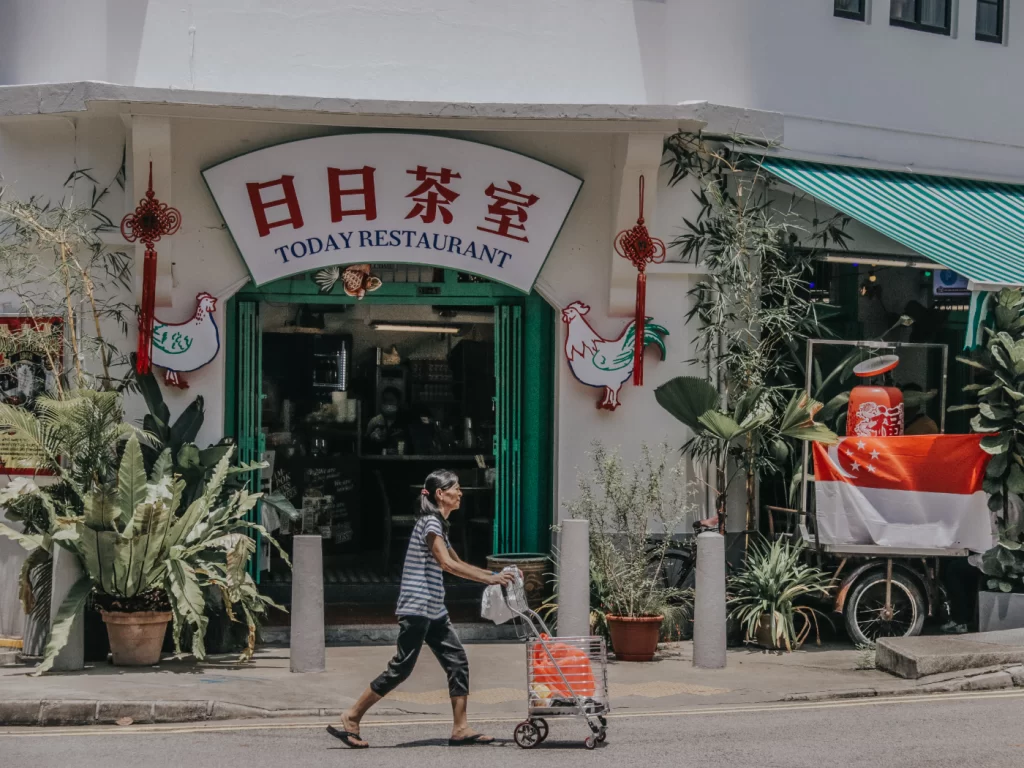
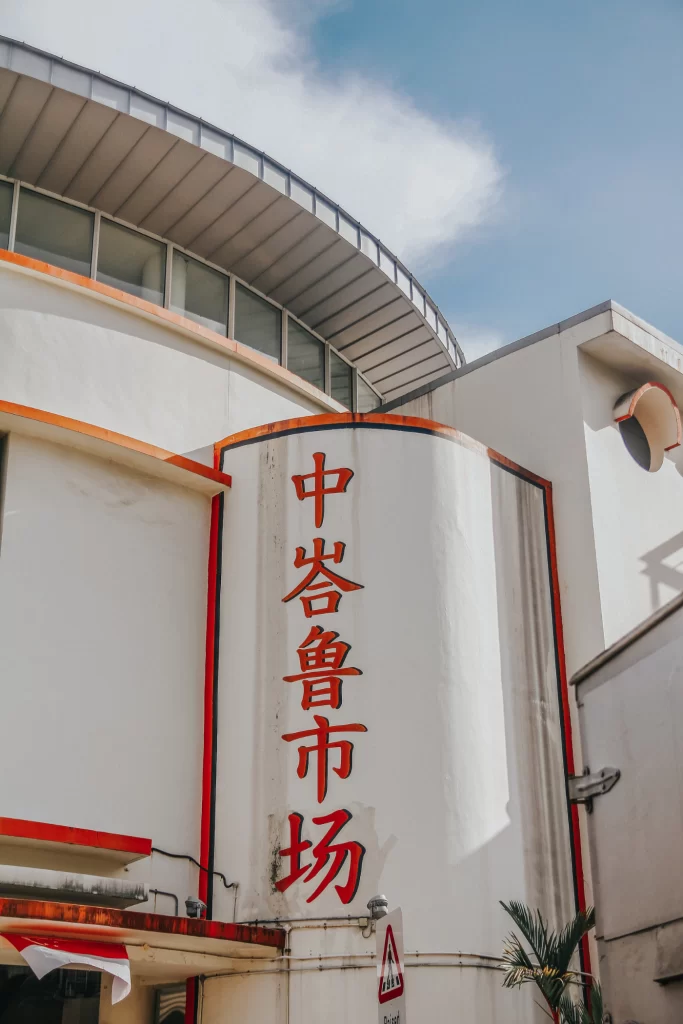
2. Locals hauling around their grocery trolleys, market vendors doing their theatrics, the smell of fresh produce and butchered meats wrapping around you – Tiong Bahru Market in the morning will make your heart swell. This isn’t your typical tourist stop and definitely won’t feel like one, and there’s a warm synergy between the vendors and the regulars that creates an authentic, close-knit community feel.
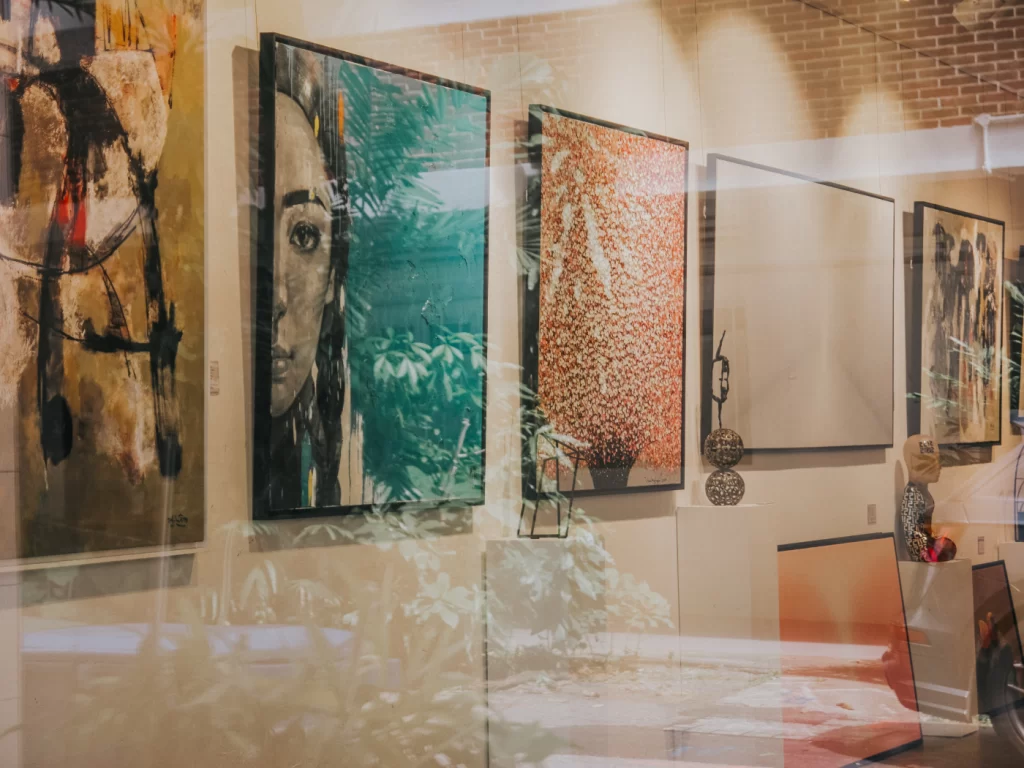
3. Rub shoulders with the neighbourhood’s most hip of hipsters, for Tiong Bahru seems set to become a coterie of private Art Galleries and creative workspaces for the culturally inclined. Notable nooks include White Space Art (1H Yong Siak St) & ArtBlue Studio (23 Yong Siak St).
4. OliveAnkara (79 Chay Yan St, #01-02) is a slow fashion brand that operates from a place of curiosity and joy, so if you’re really looking for an unhurried retail experience, there’s nowhere better to go. This sustainable, culturally conscious label has deep roots and rich history in the African tradition – and it’s no wonder, for its founder and designer Ifeoma is Nigerian herself. It’s almost impossible to step into this space and not be awed; my personal favourite collection is her African-Chinese fusion range of Cheongsams.
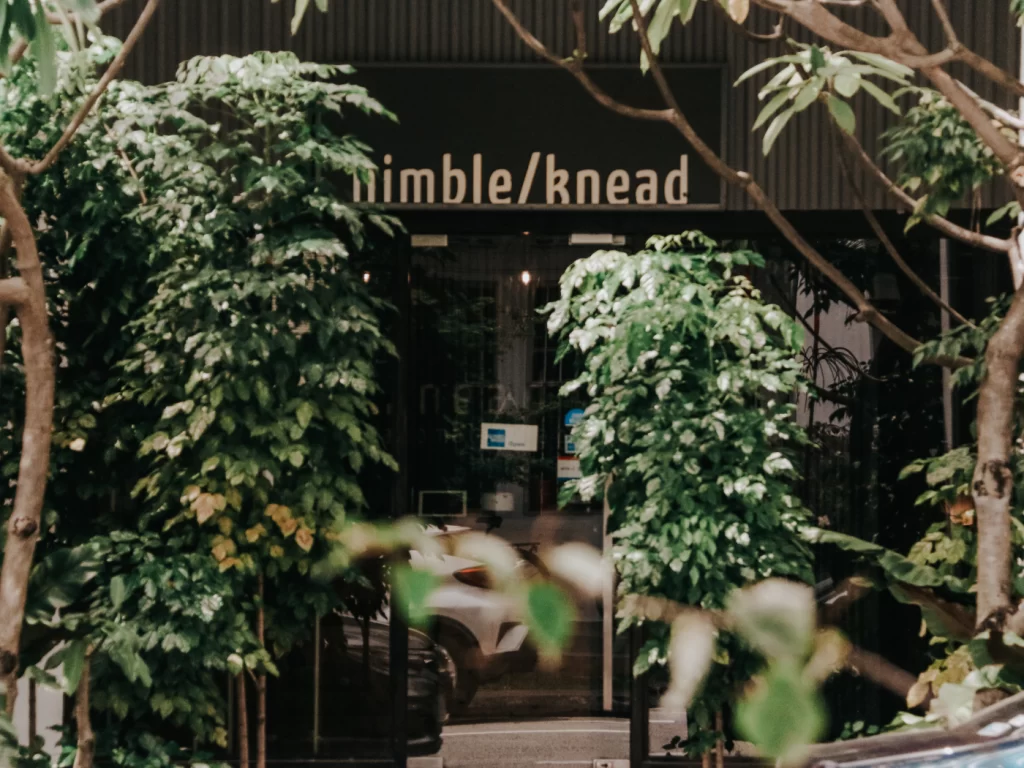
5. One can be forgiven for thinking that they are stepping into an industrial-chic cafe when they enter the doors of Nimble/Knead (66 Eng Watt St, #01-28)- but instead, they will be pleasantly surprised to find themselves transported into a sanctuary of tranquility where exposed brick and sleek metal frame an oasis of indulgent spa treatments. Built completely from shipping containers, their massage offerings are reasonably priced (and quirkily named), and newcomers get super attractive discounts that will talk you out of any excuse you may have not to.
Push Beyond the Stereotype:
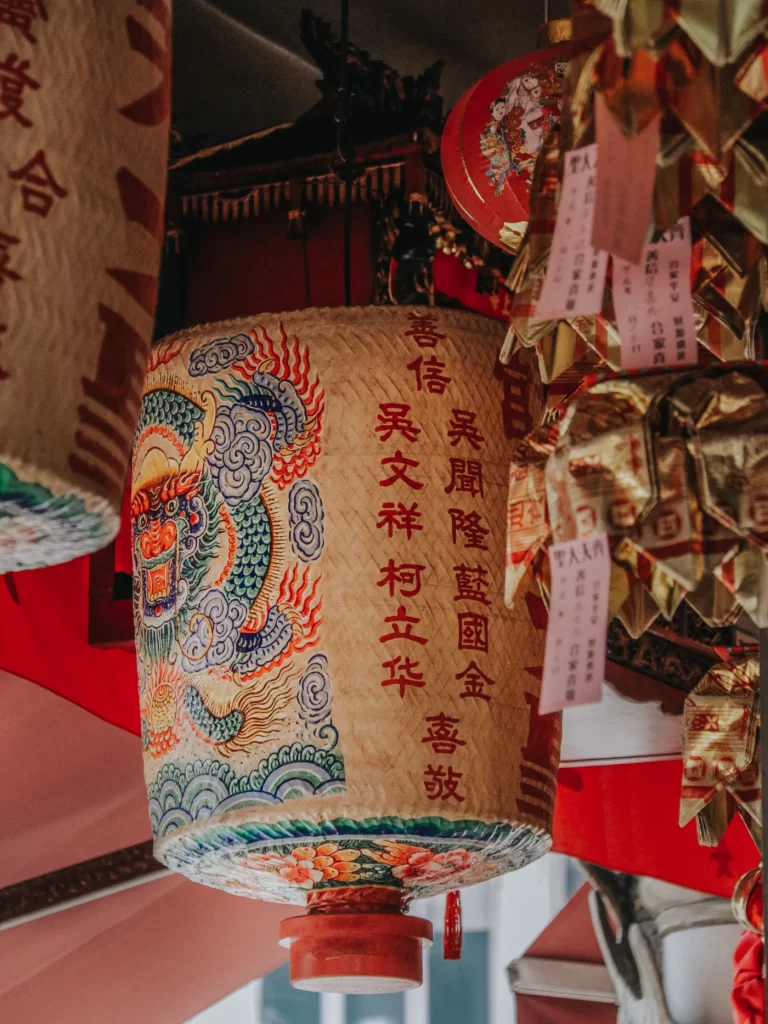
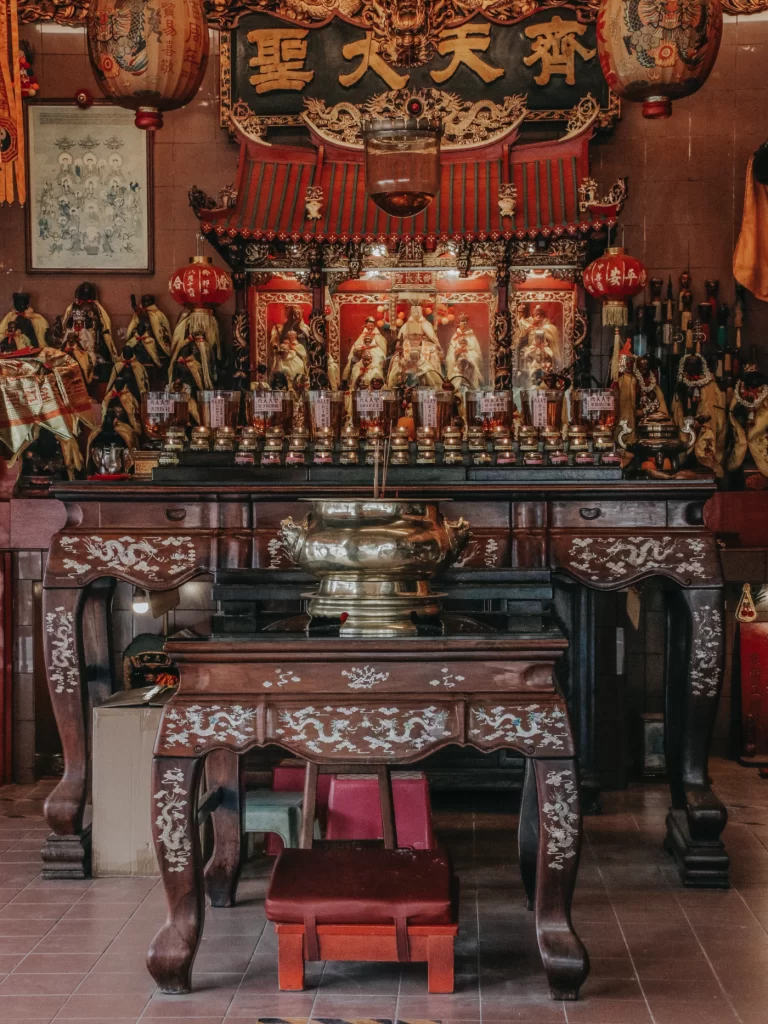
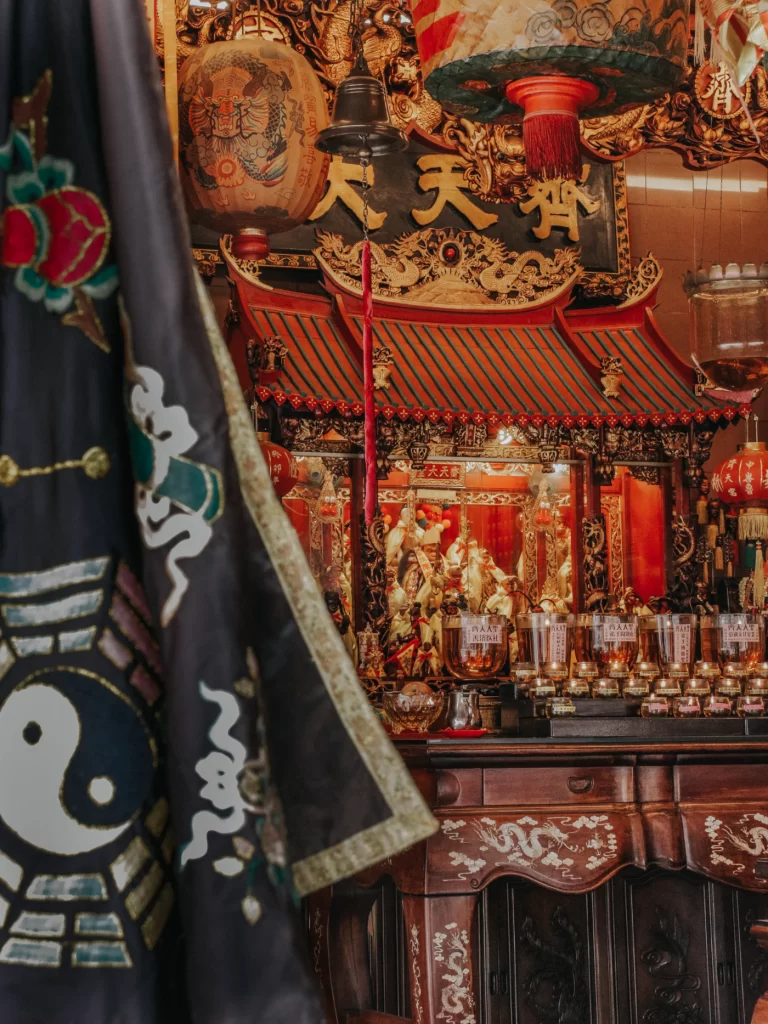
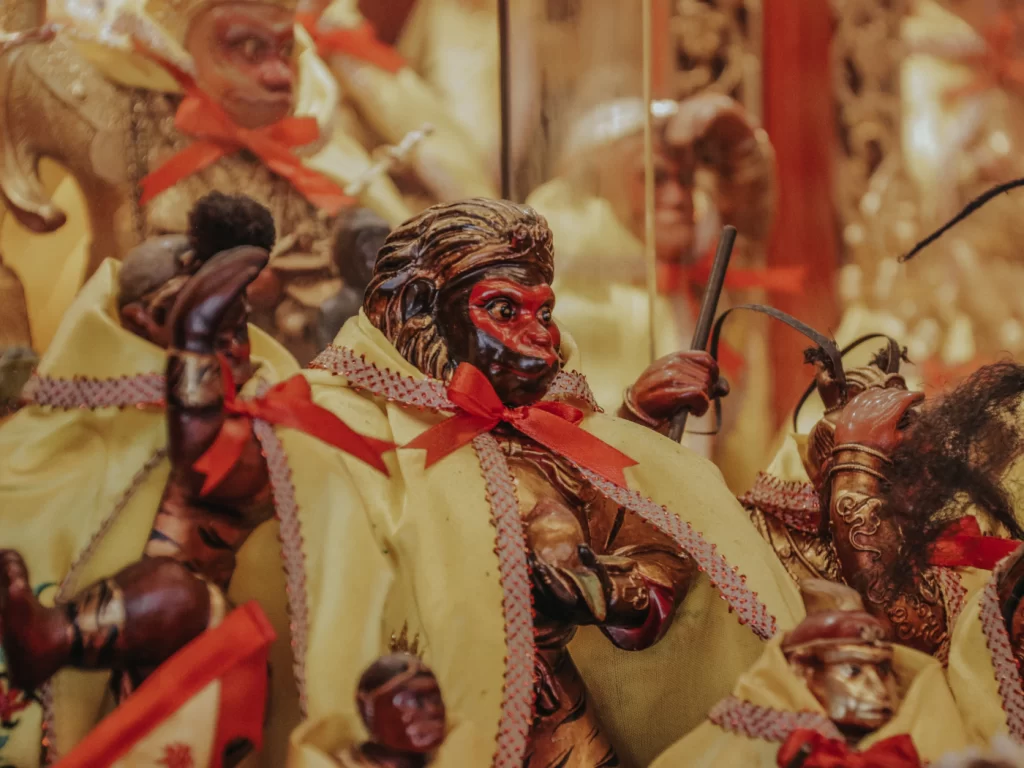
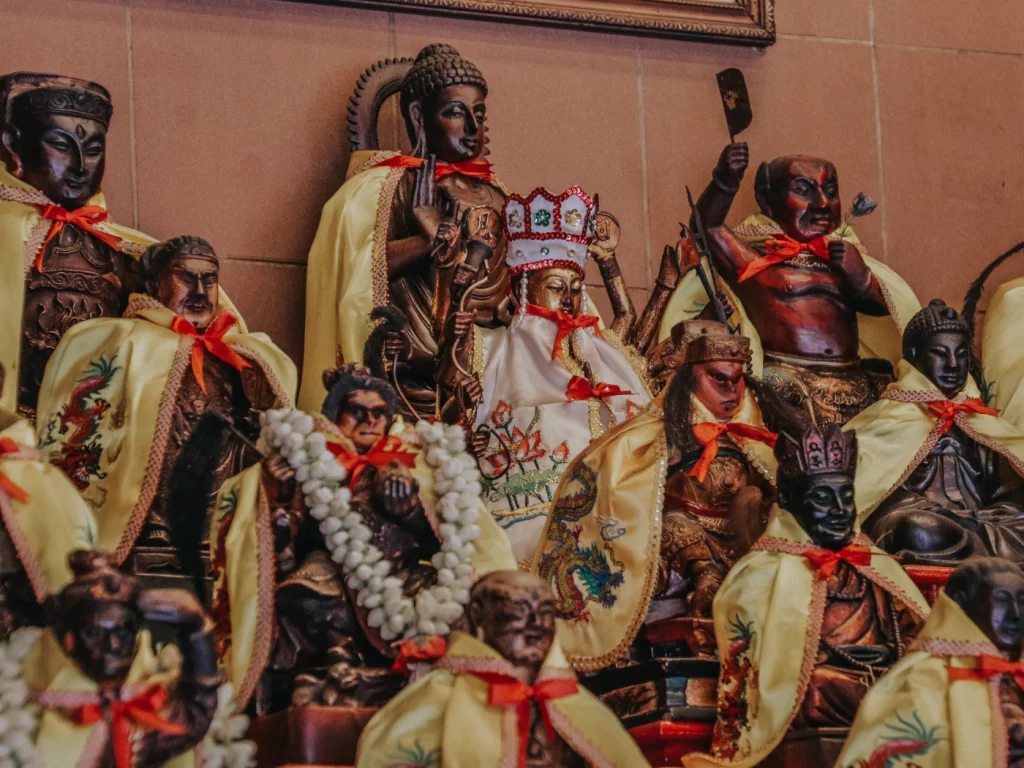
The heart of present-day Tiong Bahru isn’t just in its hipster trappings, it is also in its fastidious stewardship of community heritage.
Situated at 44 Eng Hoon Street, you will find the beautifully anachronistic Monkey God Temple standing completely out of time and place amidst the score of cafes and indie stores at hipster central, paying homage to arguably the most endearingly popular character from legendary 16th century Chinese novel Journey To The West, Sun Wu Kong.
This temple is a quirky one (for it is literally a full-fledged temple erected to worship an individual from a work of fiction), but it is nevertheless a delightful blend of eccentricity and reverence that will invite you to pause, reflect, and appreciate a slice of the neighbourhood’s storied identity. The temple is open to visitors from 8am to 4pm daily; and inside, you will find more than ten statues of the Monkey God- a few of which are reportedly at least a century old. For a more enriching experience, pick up a copy of Journey To The West from your nearest bookstore (or library) – it’s such an epic story in the Chinese culture that there is virtually no Chinese person in this world that will not know at least of its existence. It’s available in just about any readable format (including graphic novel), and will probably make your visit mean alot more.
PICK A WILD CARD
An Under-the-Radar Spot to Try:
If you woud like to dive deeper into the heartiest of heartlands, put ‘Beo Crescent’ into Google Maps and let it guide you here.
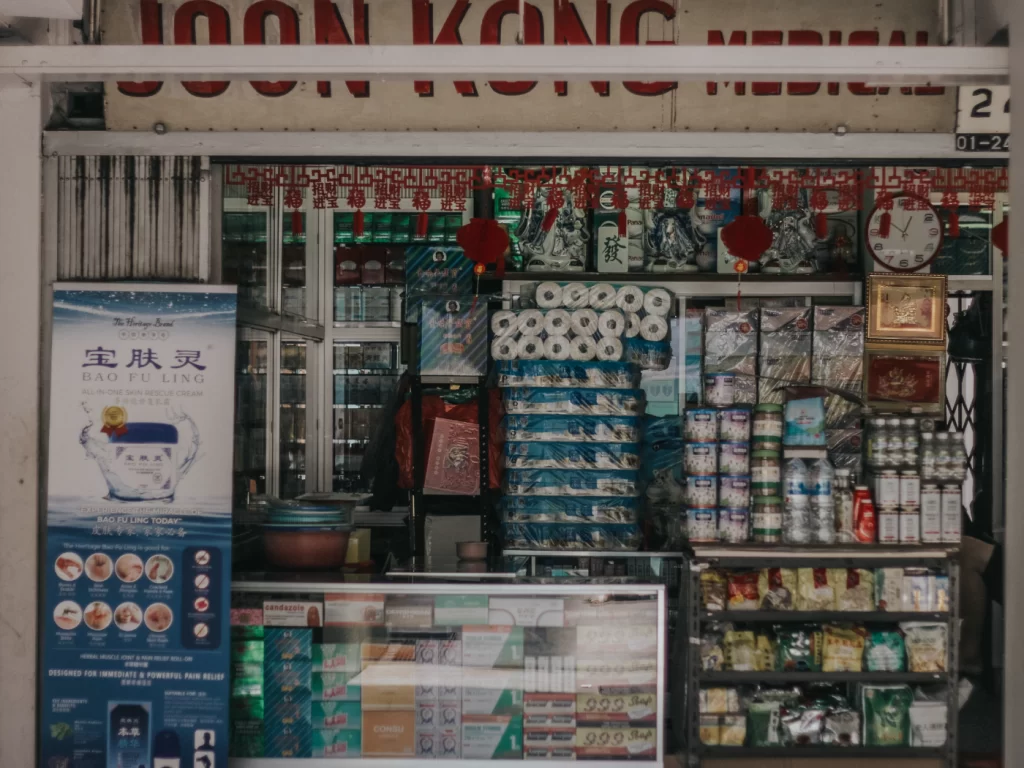
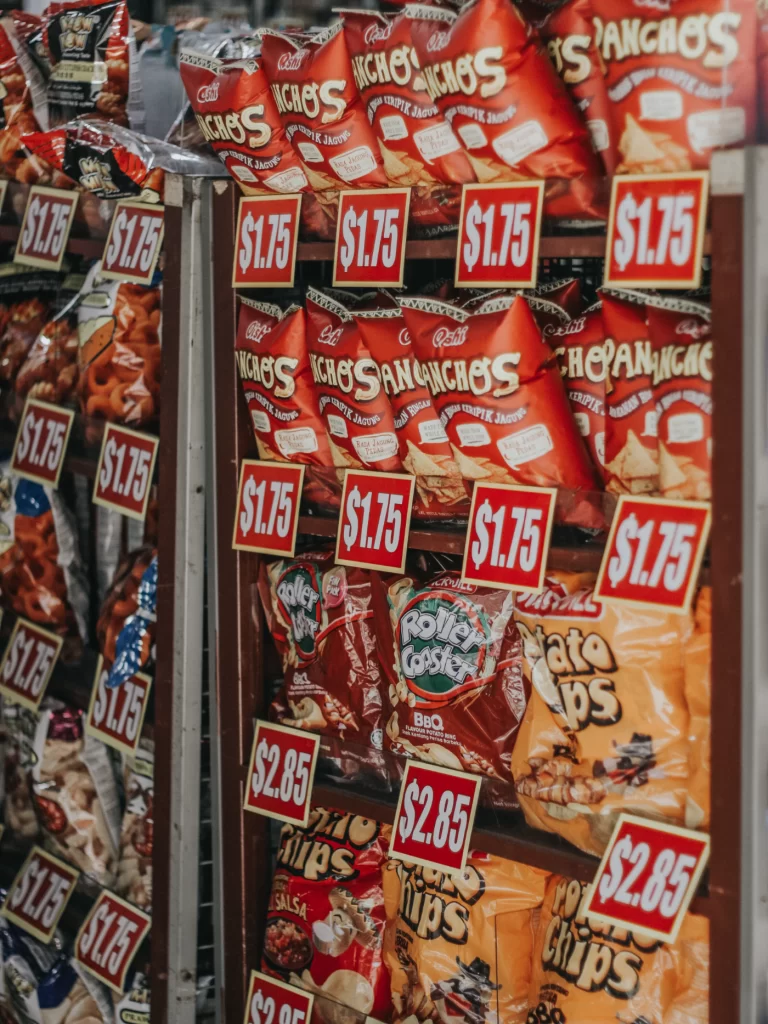
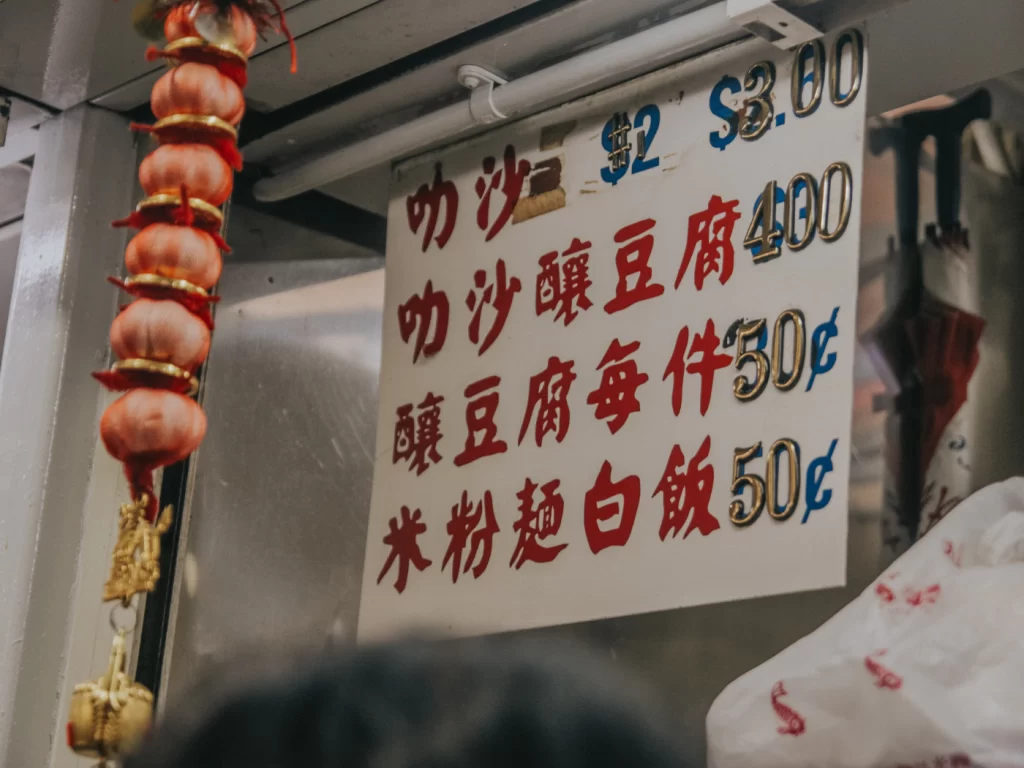
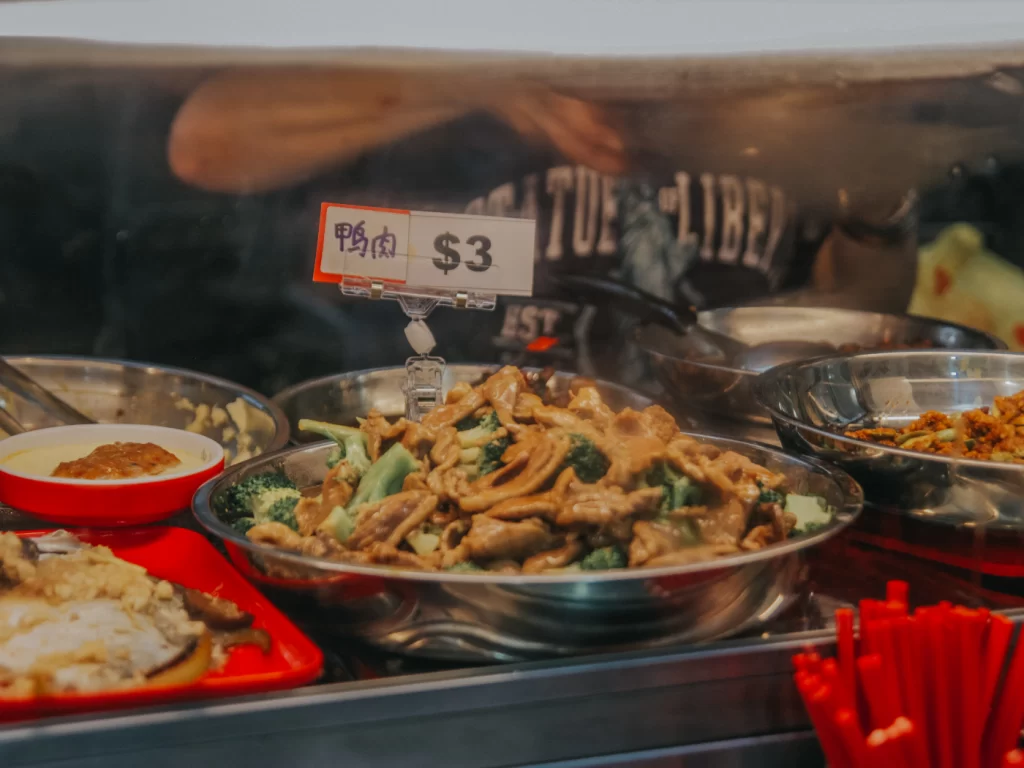
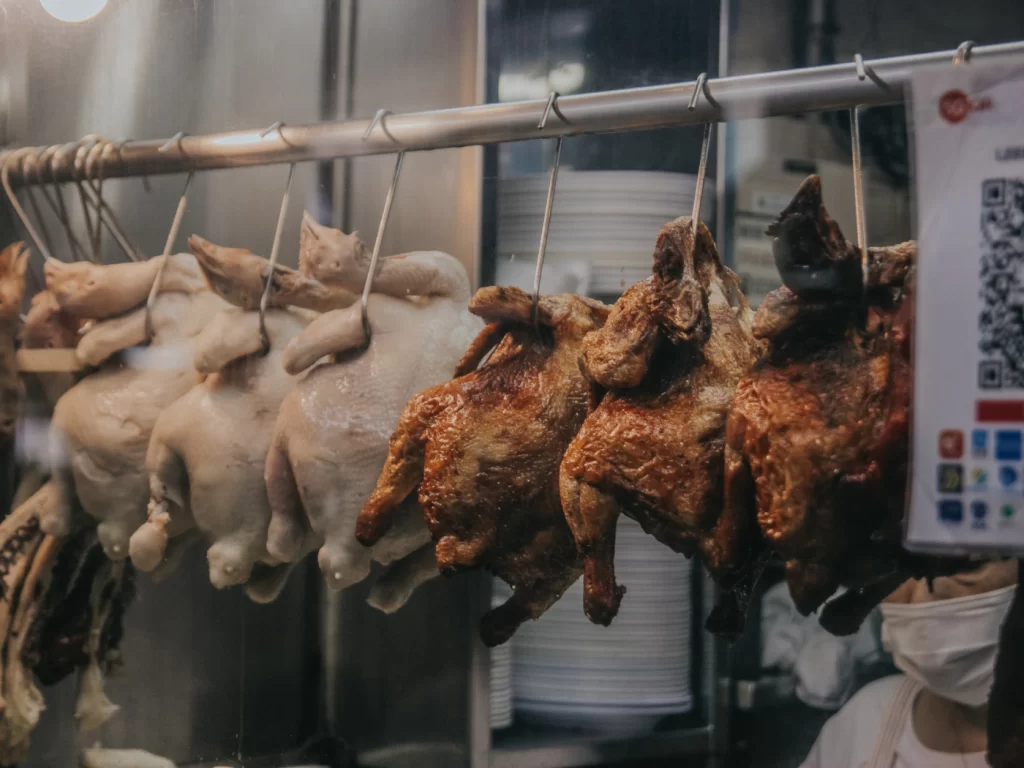
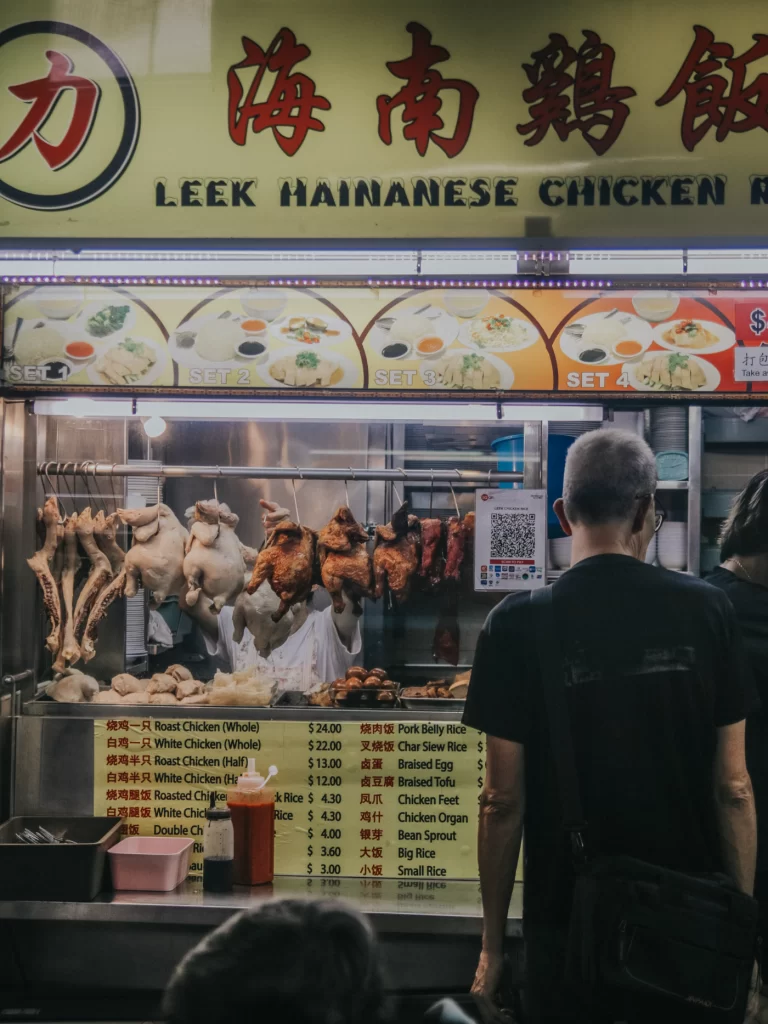
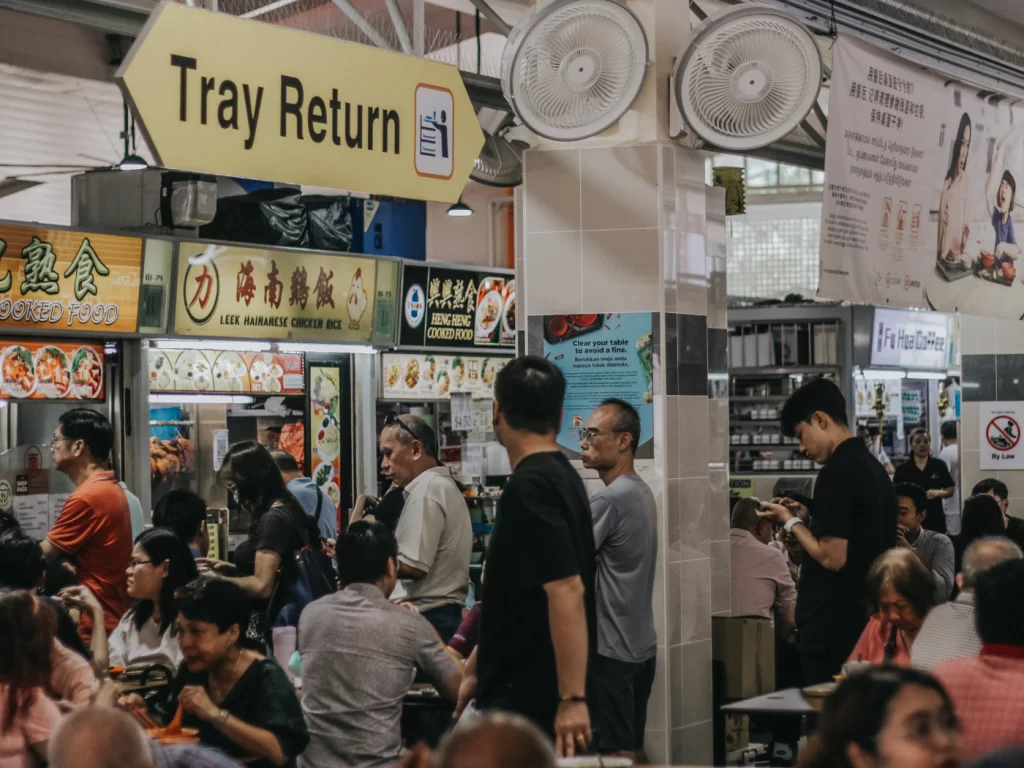
Tucked away at the back of central Tiong Bahru where the dialect is deeper and faces more weathered, Beo Crescent is Singapore’s heartland at its most emblematic. There’s beauty behind the grit – particularly if you’re drawn to hawker gastronomy. Beo Crescent Food Centre is a local crowd favourite here and prices are so decent you can snag a meal from as low as USD2.50. Just be sure not to time your visit or Monday as most stalls take their rest day then- or after 2pm, where most would have sold out post-lunch.
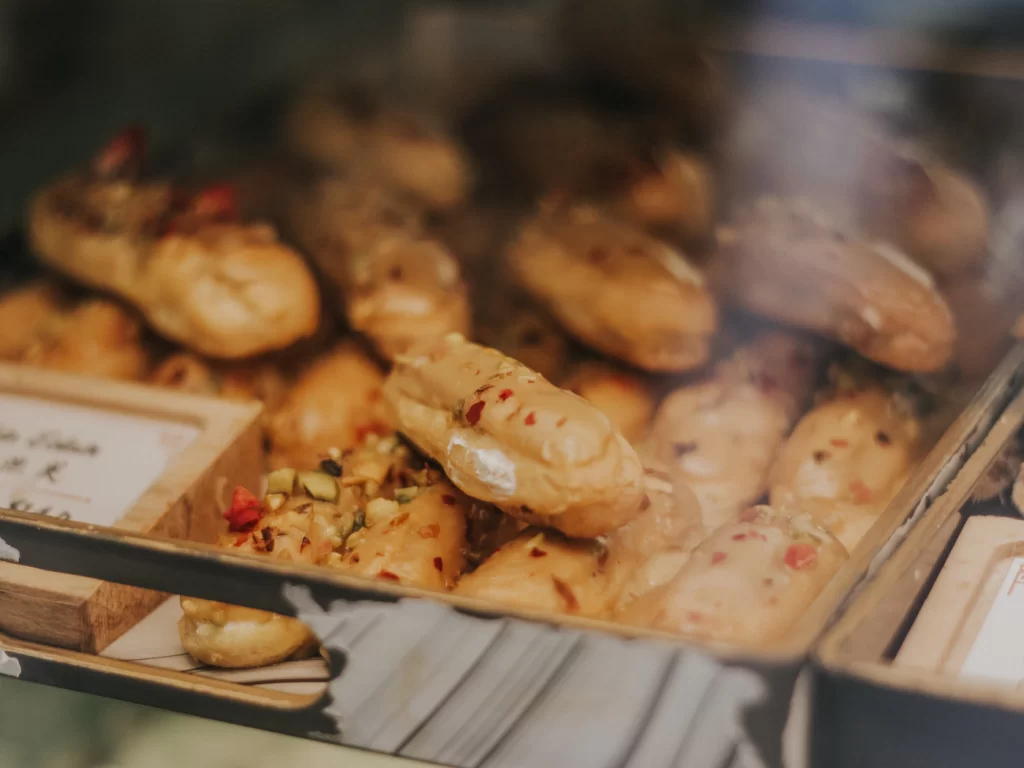
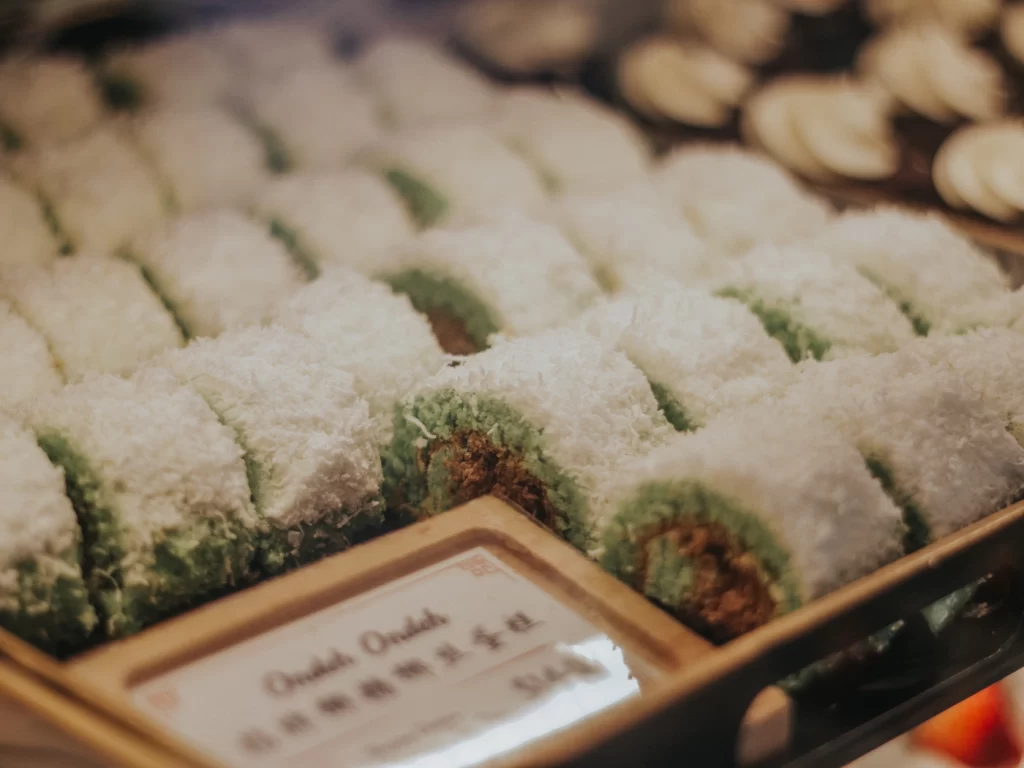
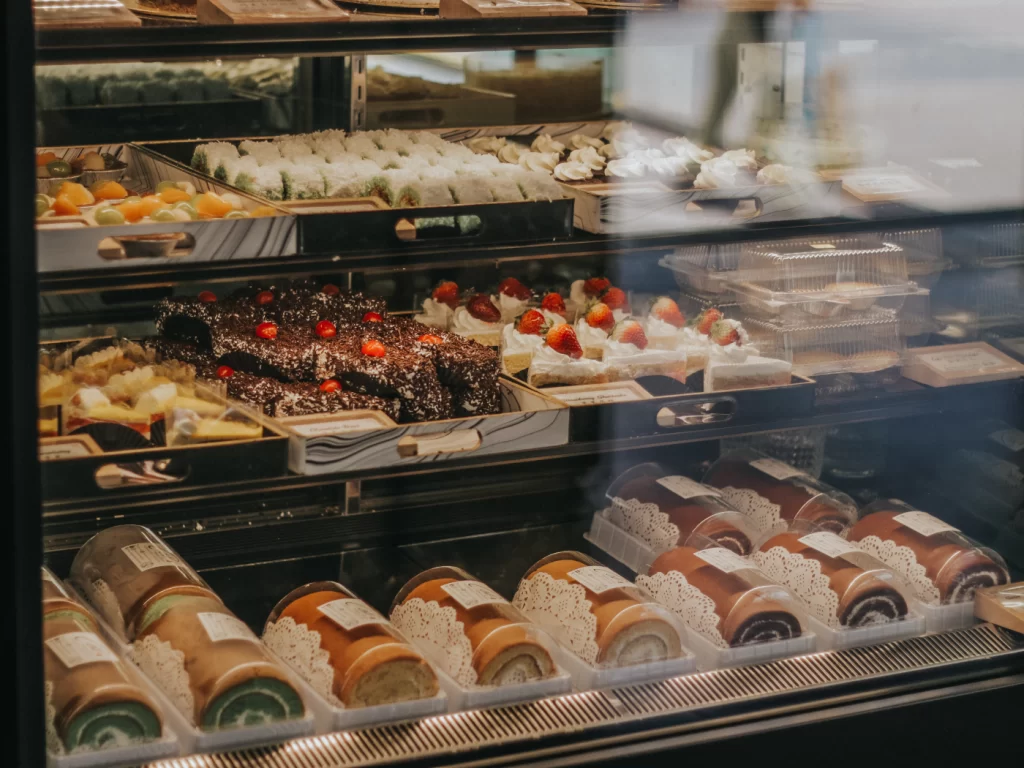
There is also a little local bakery nearby that stands like a glowing invitation, located just a little ways out of the hawker centre. The name is Happy Oven, and here you’ll find the best of local bakes including some pretty interesting fusion inventions. The pistachio eclairs and ondeh-ondeh swiss rolls have been my personal favourite for years.
A gentle note that Beo Crescent isn’t a place where you come to actually do anything (except eat, maybe); perhaps pencil it in only if you’re craving for an experiential and truly authentically local ambience to lose yourself in.
A Peculiar Place to Cast Your Eyes:
In a seemingly inconspicuous, there-but-not-there corner of Outram Road lies the grave of one of Singapore’s leading pioneers, Tan Tock Seng.
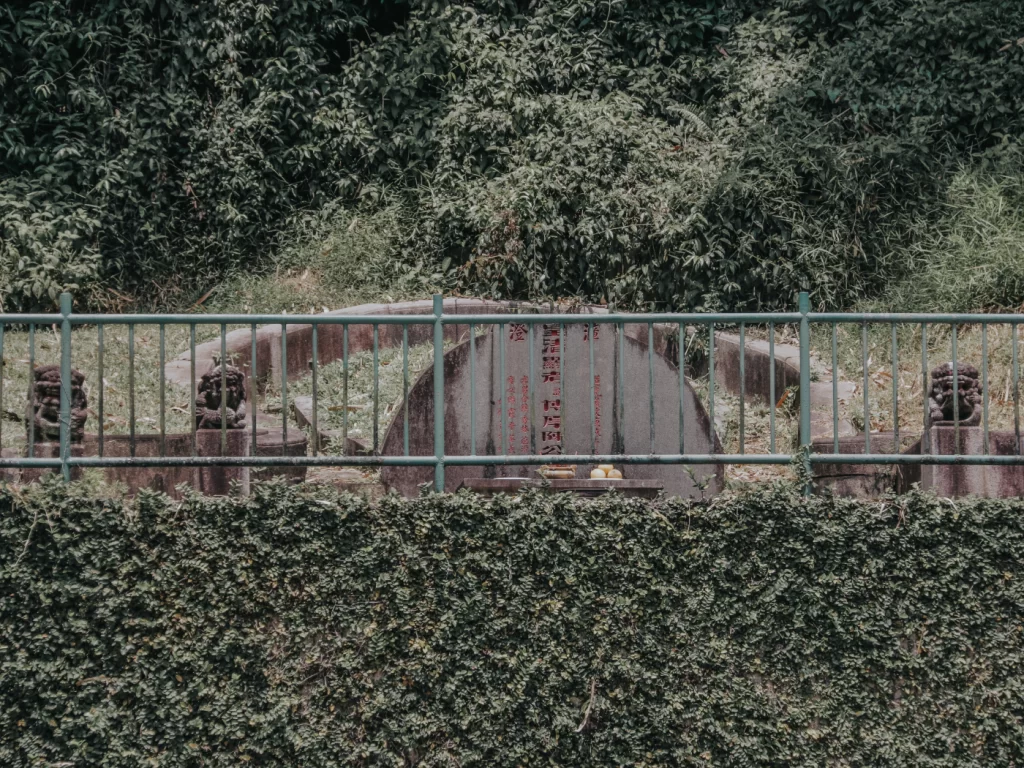
A prominent philanthropist and businessman in 19th-century Singapore, Tan Tock Seng was an extremely influential figure in the Chinese community during his time, perhaps best known for his immense contributions to the healthcare system. He founded the Tan Tock Seng Hospital (TTSH) in 1844 (which still exists today), and provided medical care to the poor and underserved. In fact, TTSH was originally named The Chinese Pauper’s Hospital, and his legacy endures as a pioneer who helped shape the country’s early social infrastructure.
Although not immediately within the Tiong Bahru enclave, this quiet little plot of land is actually near enough to be considered a convenient detour from the neighbourhood – but only if modern history in this part of the world (or just plain curiosity) is your thing. A casual onlooker will likely miss this spot- but not you. This family burial plot sits on higher ground and looks barricaded at first glance, but it is actually easily accessible (and open to public).
I Know This Great Little Place:


13 Back Alley Coffee isn’t just another hipster cafe situated amidst a deluge of even more hipster cafes – it’s somebody’s home. Simply walk the back alley of 74 Tiong Poh Road, look for a door with the number ’52’ on it, and that is exactly where you need to be.
This hidden little spot is so clandestine you won’t even find it on Google Maps; after all, it is a home business, run solely out of a passion for coffee and travel (and for that, you can expect the best beans sourced from around the world).
On that note, if you’re really keen on checking this place out, please reach out to confirm the owner’s opening days/hours; it presumably follows his personal schedule and is thus irregular; you don’t want to make a wasted trip there especially if it is the highlight of your Tiong Bahru itinerary.
It’s personal
It’s A Local Thing:
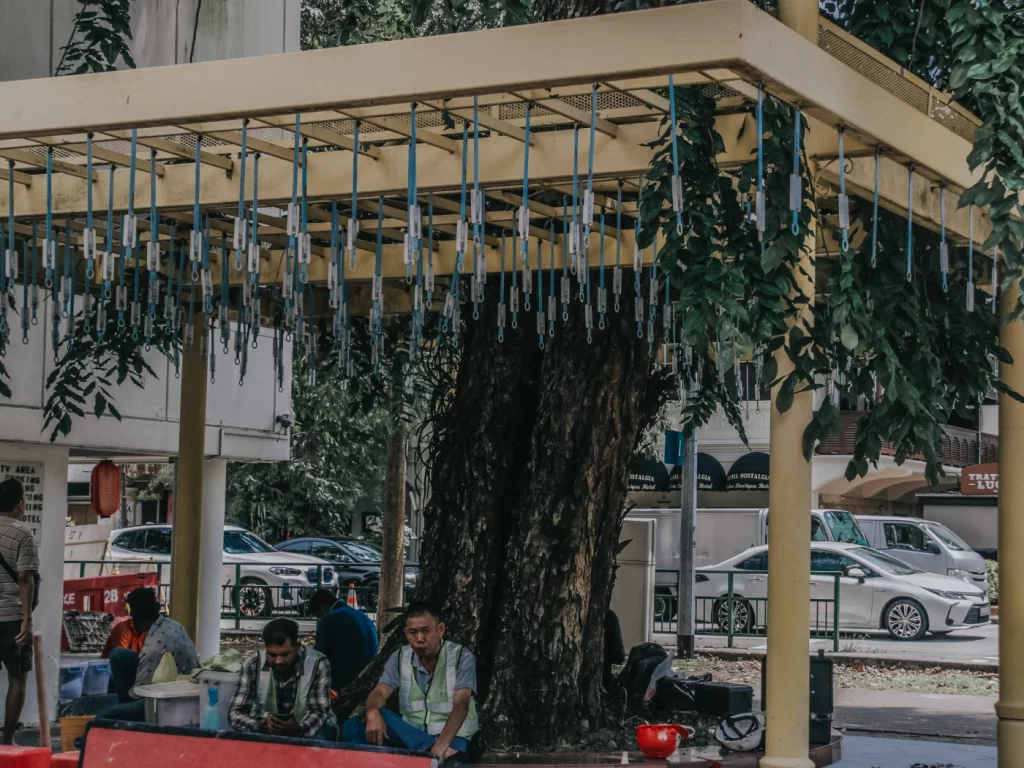
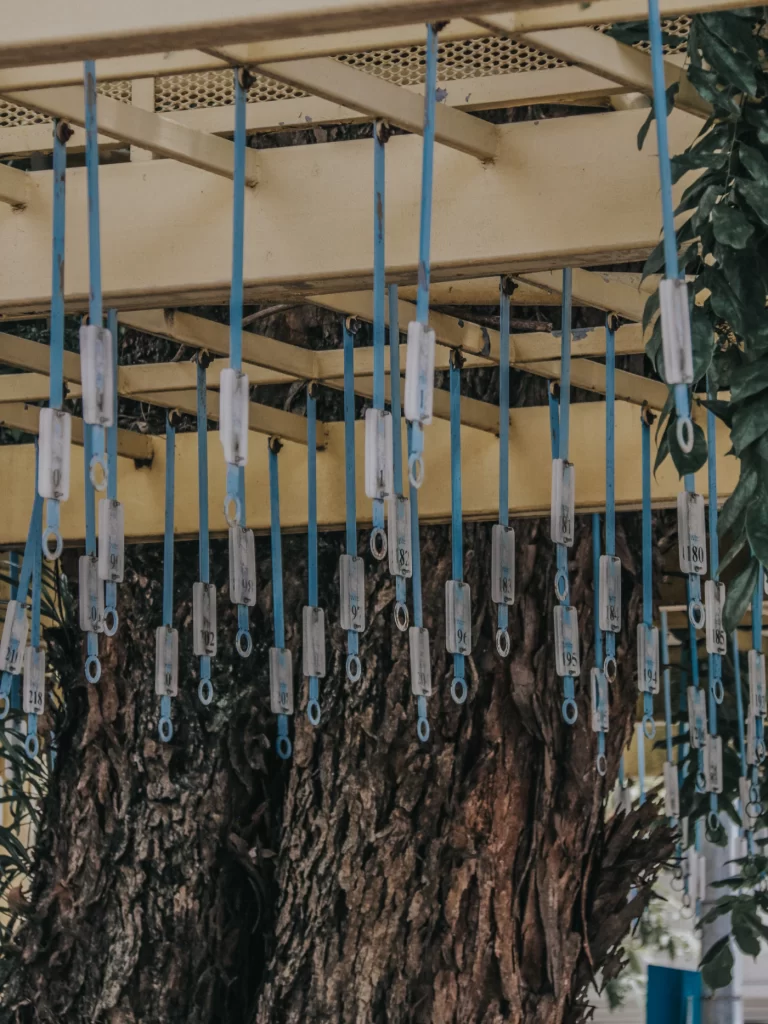
BIRD CORNERS
Certain neighbourhoods in Singapore have a notably more mature demographic than the rest, and Tiong Bahru is one of them. In these neighbourhoods (which locals typically refer to as, mature estates), bird corners are sometimes a thing – and nope, it’s not where birds come and gather to play – but rather, where owners of birds come together to hang up their birdcages on hooks, sip on kopi, and chitchat with other bird owners while low-key showing off their feathered friends. It’s a quirky blend of hobby and tradition, as bird-keeping (particularly songbirds) used to be a popular pastime among older generations of men.
Unfortunately because of the unique nature of its demographic, this is a hobby that is fast vanishing; and today, you’d be hardpressed to find anyone putting this corner to any good use (as visible in the photos above); often standing unused, like a relic reminiscent of a bygone era.
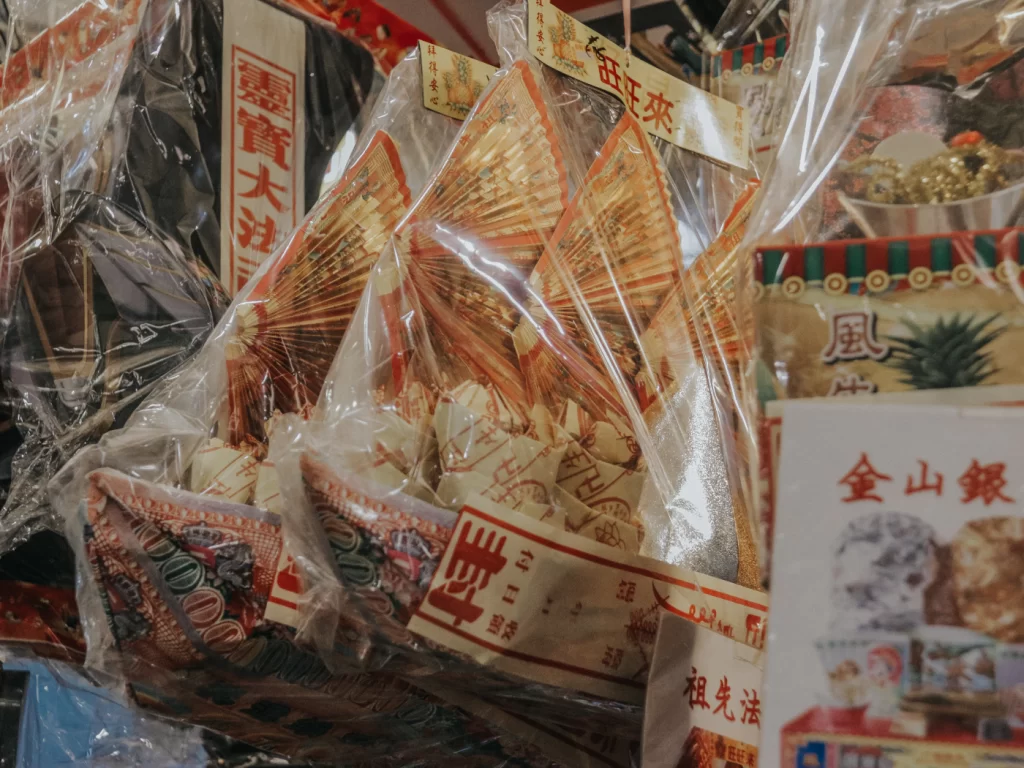
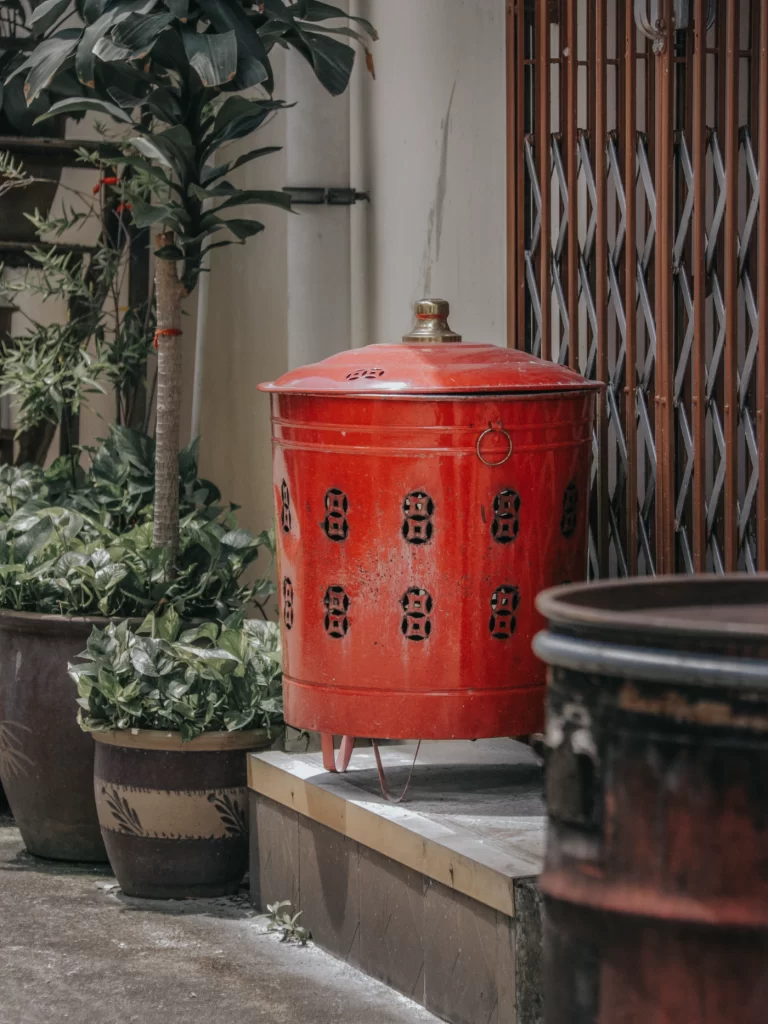
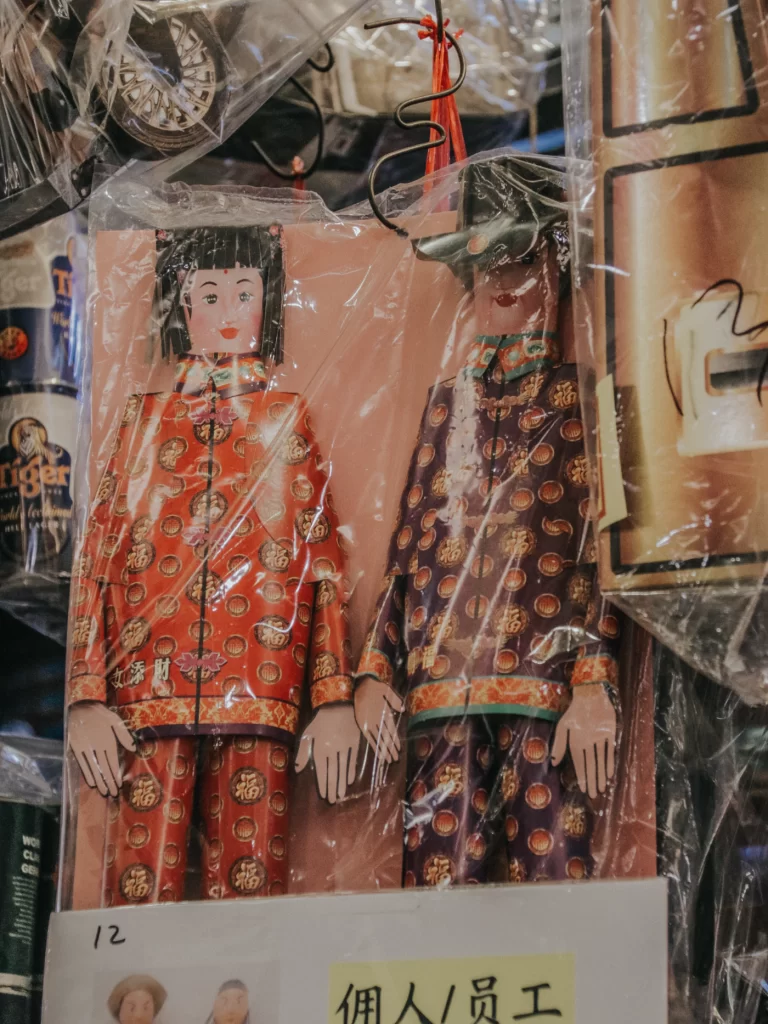
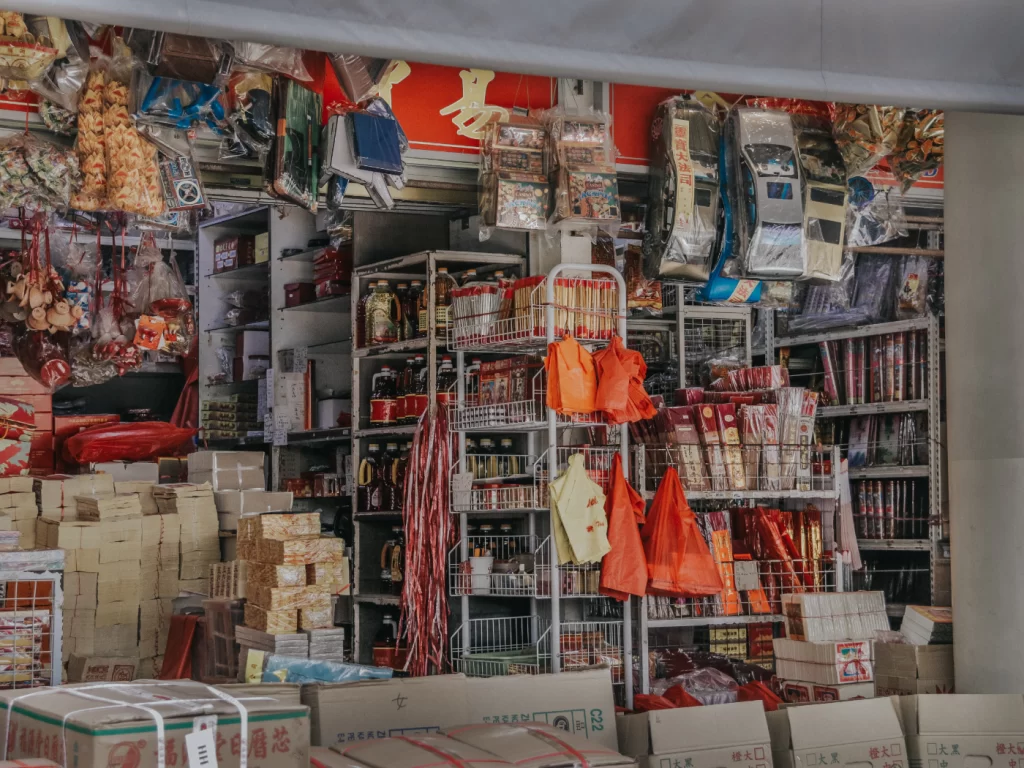
PAPER OFFERINGS
Is this life-sized origami? Overenthusiastic papier-mâché? Or perhaps some avant garde school project by a rebellious art student? Nope, it’s none of all that.
If you’re strolling through Tiong Bahru market and you spot stalls selling paper replicas of some very real-life objects (such as houses and cars and phones and ipads), and you’re wondering what you’re looking at, you’ve basically stumbled upon paper offerings for the deceased. Locals of the Taoism belief burn them for their ancestors- typically during the Hungry Ghost festival; and the premise is that whatever is burned is received in its true form by their ancestors, wherever in the netherworld they are.
There are money, clothes, gadgets, food, houses, cars; anything humans could possibly want in this life – and even as a local, the materialism is truly fascinating as the ideas continue to evolve with time. Oh, but what are those paper humans for, you ask? Why, they’re maids, obviously- who’s to say you cannot have staff in the afterlife?
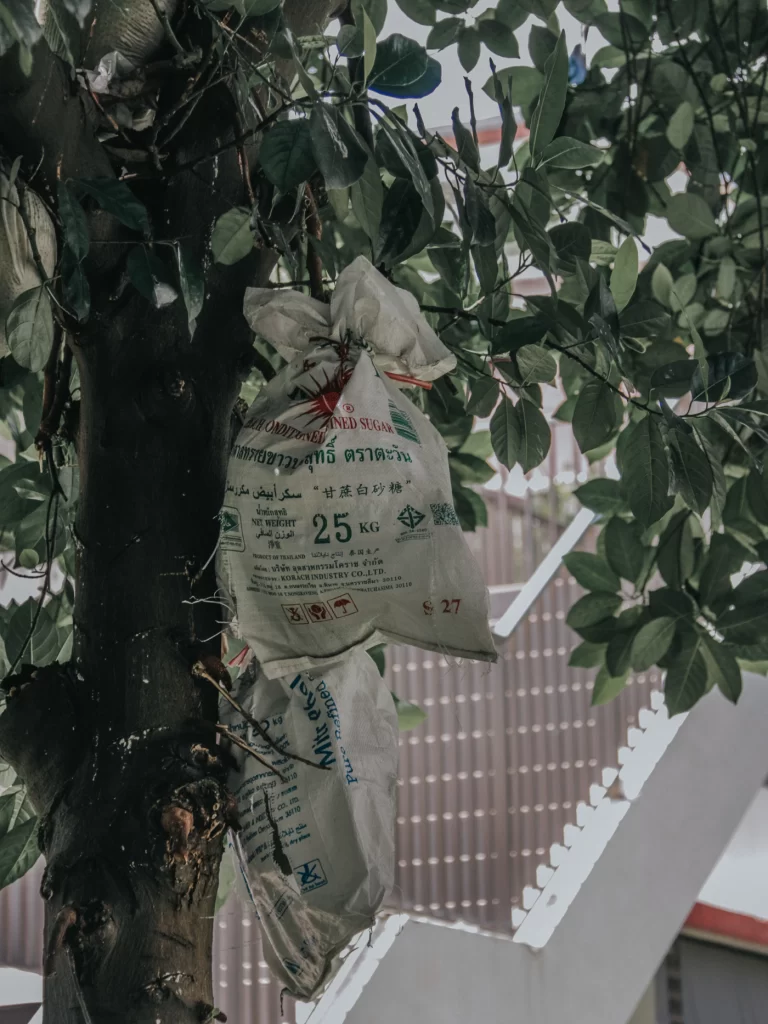
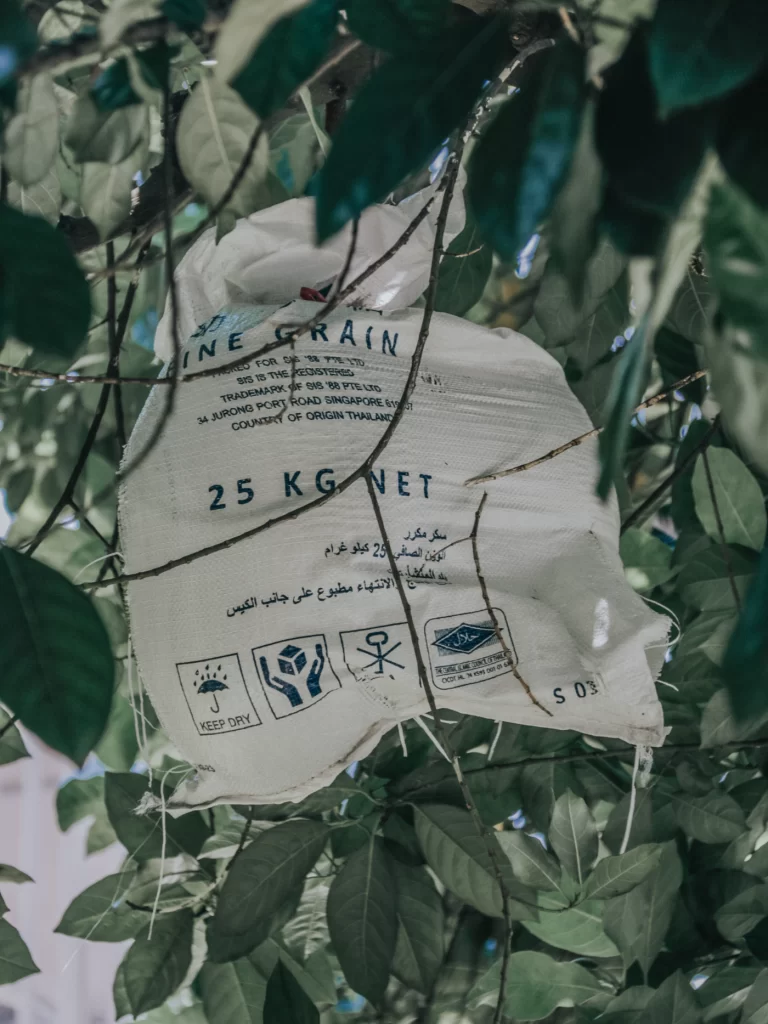
MYSTERIOUS SACKS ON TREES
Environmentalists, don’t lose your cool. This isn’t a plastic waste problem; merely an age-old method of “agriculture” that has been handed down from generations before. I suppose in some sense, we can look at this as Singapore’s very own version of the scarecrow – after all, it’s meant to keep the fruits safe and protect them from unwanted visitors (such as birds and insects), ensuring that they’re not half-pecked to rottenness by the time they’re ripe for harvest.
The bags in these pictures are hugeeeeee so my guess is that they’re jackfruits; but it is not uncommon to see this also practised on mangoes, papayas, or even lychees.
This Draws Me to Tiong Bahru Every Time:
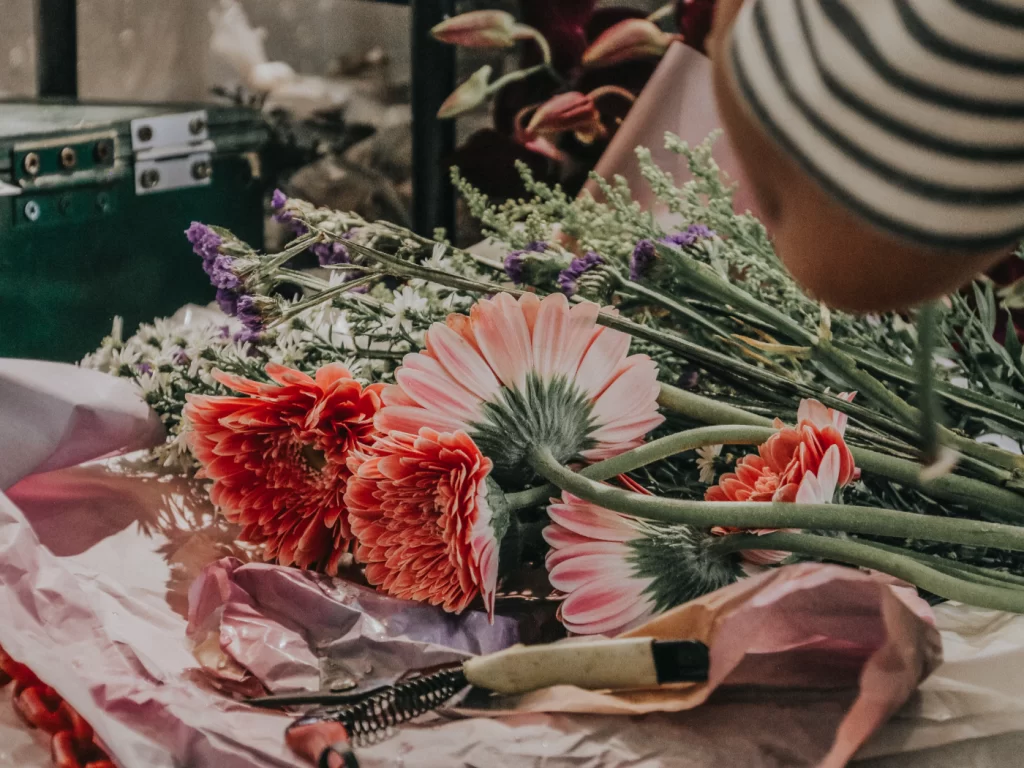
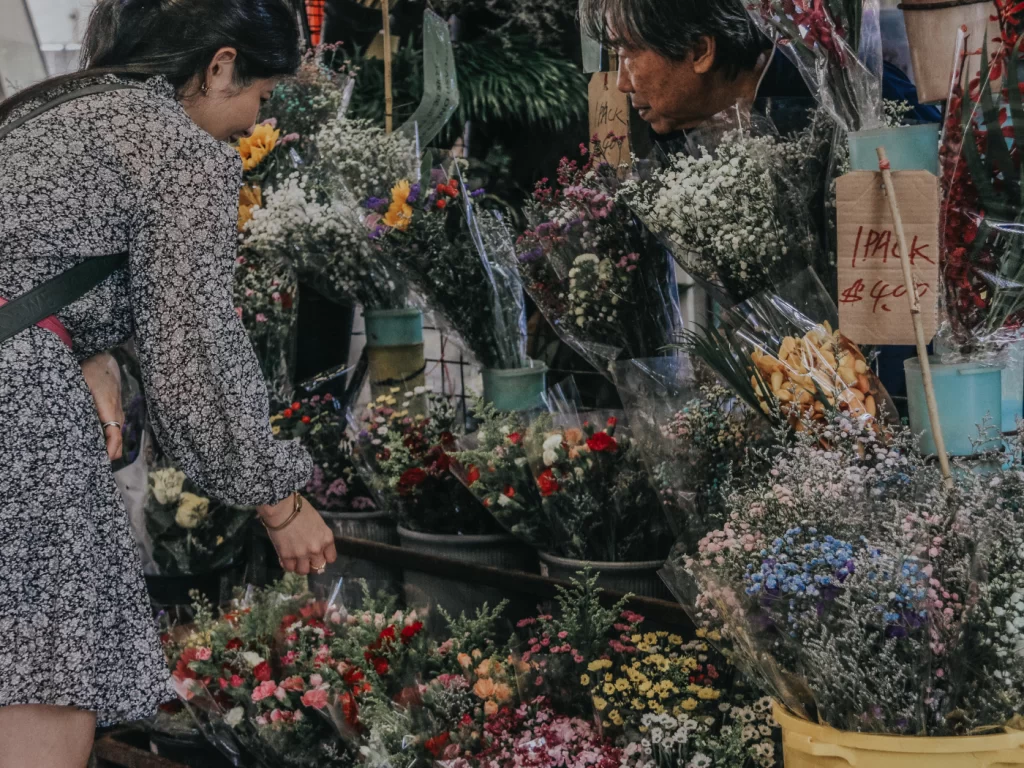
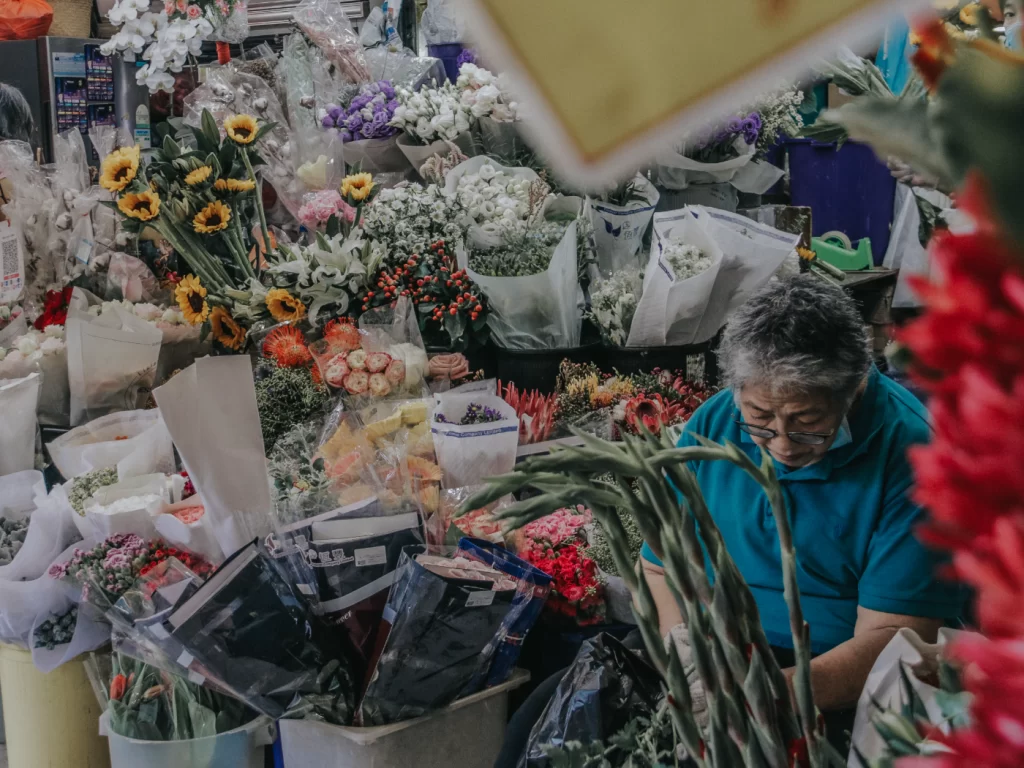
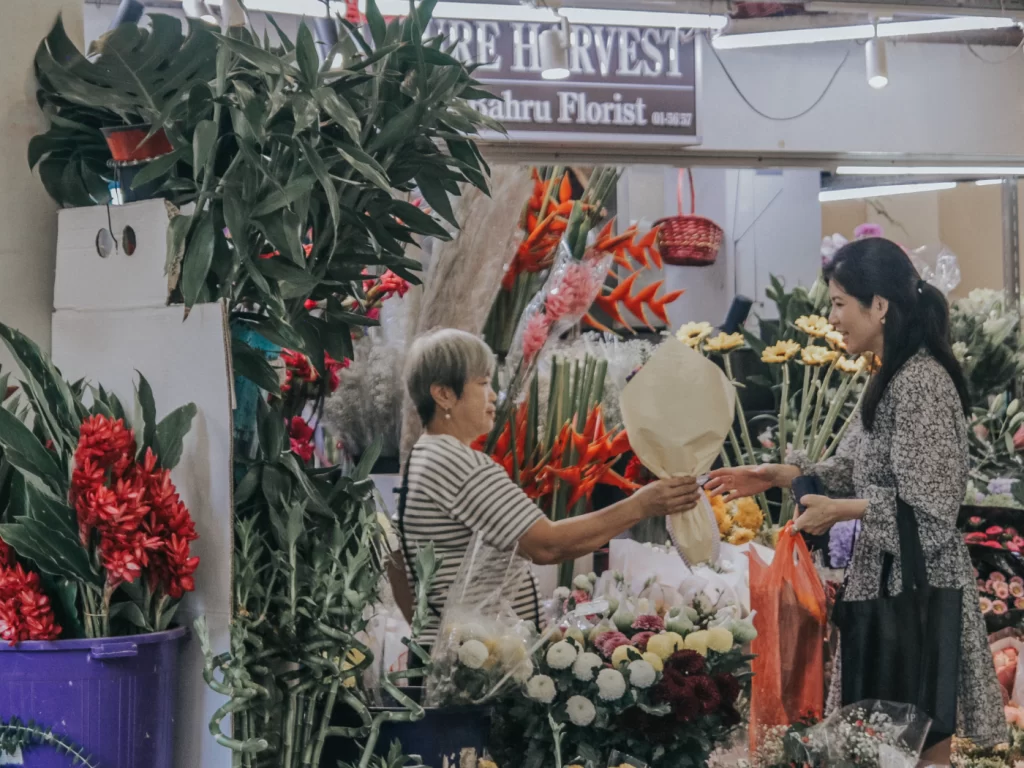
There’s a whimsical ease with which this cluster of flower shops sit alongside the hum and hustle of daily commerce on the first floor of Tiong Bahru Market.
Every local knows the first floor of Tiong Bahru Market is the place to go if you’re looking for affordable bouquets or loose stalks that take their pricing cue from wholesales centres; and it is a theatre of scent and colour every time, worthy of a visit even if you aren’t particularly looking for a bunch.
Soon Heng Florist (顺兴生花店) is one to note, although, its equally floral-flamboyant neighbours are just as hard to ignore.

Comments
-
-
Tanya Turner
Love the neighborhood’s architecture & the esthetic of your photos. They’re both beautiful!
-
Ada
Loved this guide! Tiong Bahru sounds so fun with its mix of vintage charm and cool indie spots. Definitely going to check out some of the quirky cafes and hidden gems next time I’m in Singapore
-
Melanie
What a beautifully-written ode to a transformed neighbourhood! As a tourist, we often don’t know the history of a particular neighbourhood and how it has changed over time, we only judge its current character. It’s lovely to read more about the previous lives of Tiong Bahru. I feel like I would appreciate its charms even more now.
-
GGeorgina
It has been many years since my last visit to this part of Singapore and this is a lovely read. I especially like the murals very much. Have Pin It to Pinterest to read later.
-
Josy A
Oooh this all looks so nice! Tiong Bahru has such a fun looking vibe – plus how could anyone not love a location with a bunch of Michelin Bib Gourmand recipients and award-winning food stalls stalls.
-
Tania Hack
Oh what a great post! You write so lyrically. I’m heading to Singapore for the first time this Christmas and your post has totally inspired me. Thank you!

Julia
I’ve never heard of Singapore’s neighborhoods before. Thanks for sharing! They look very interesting!